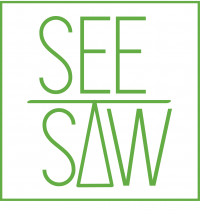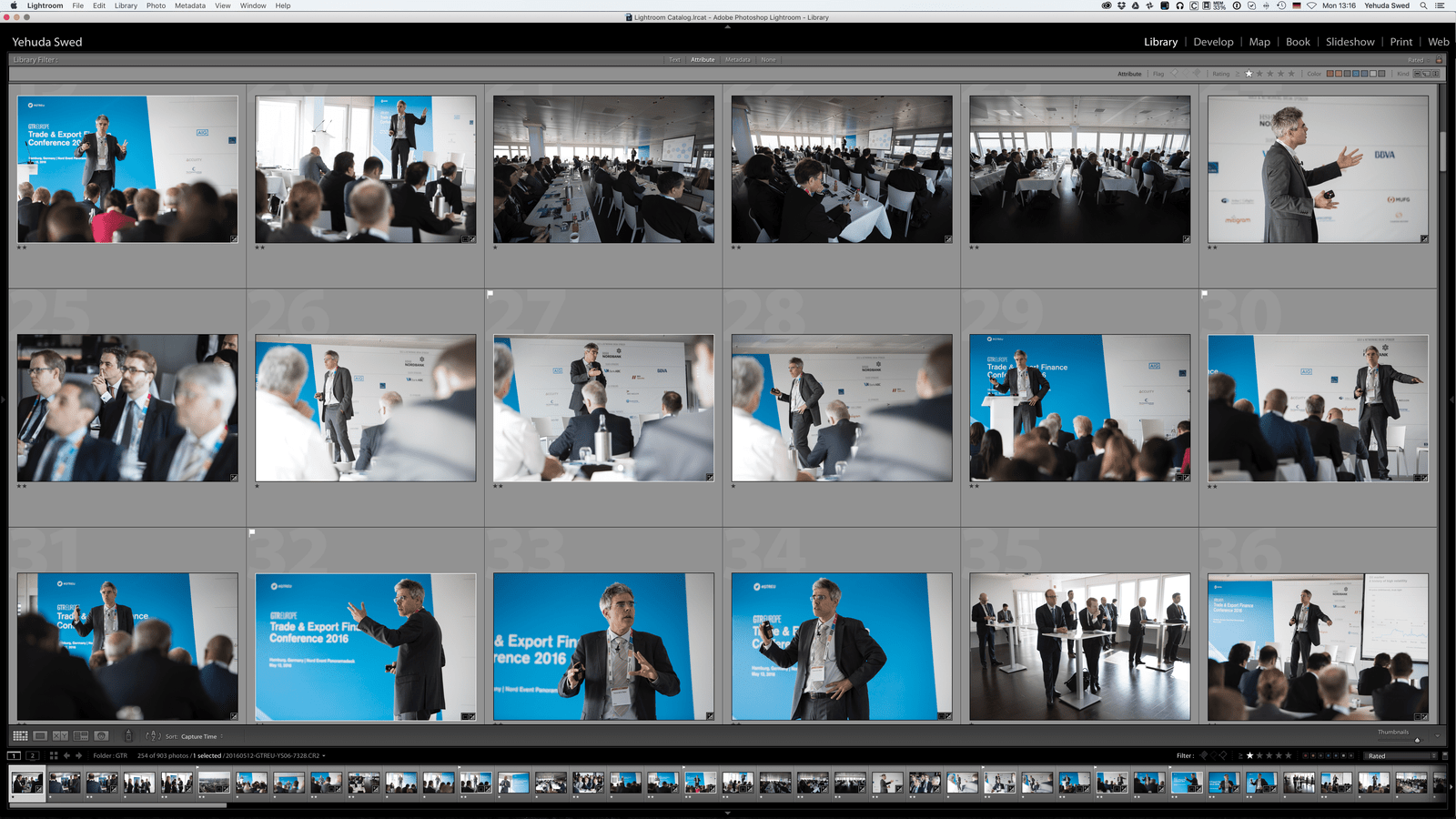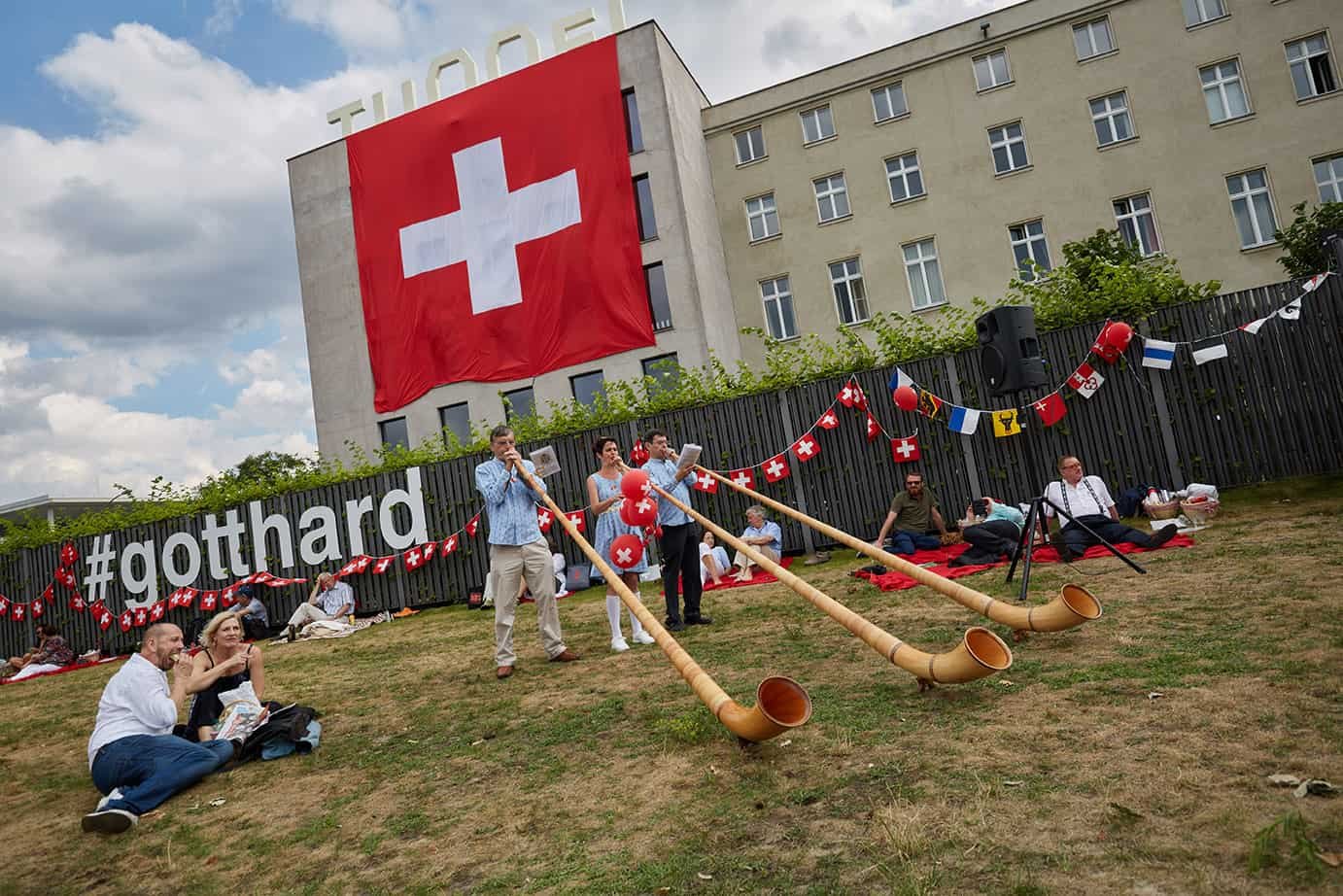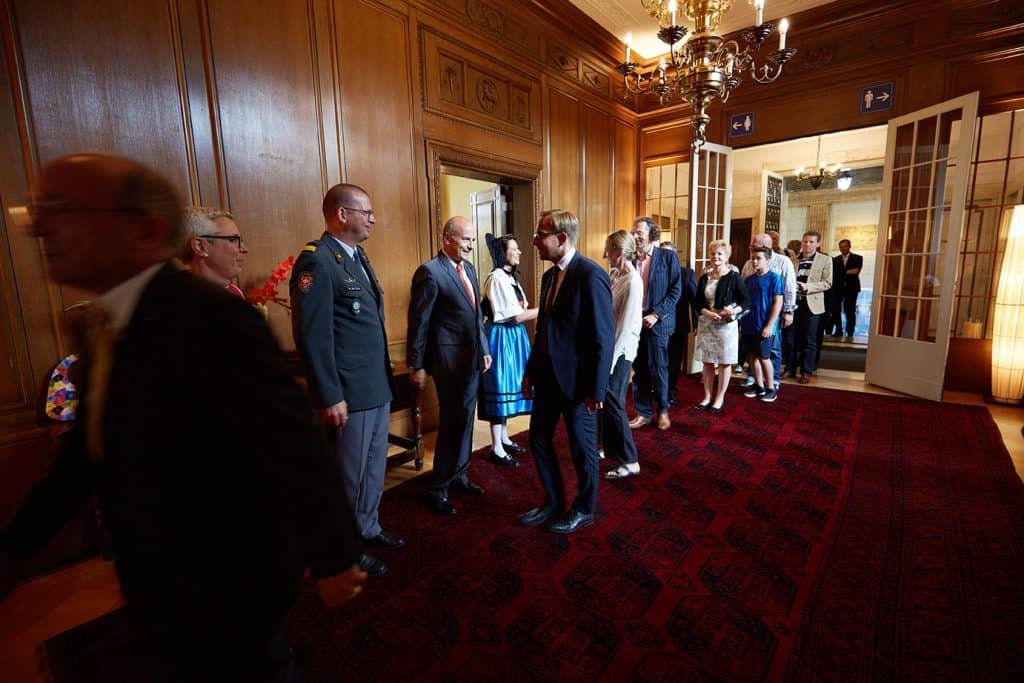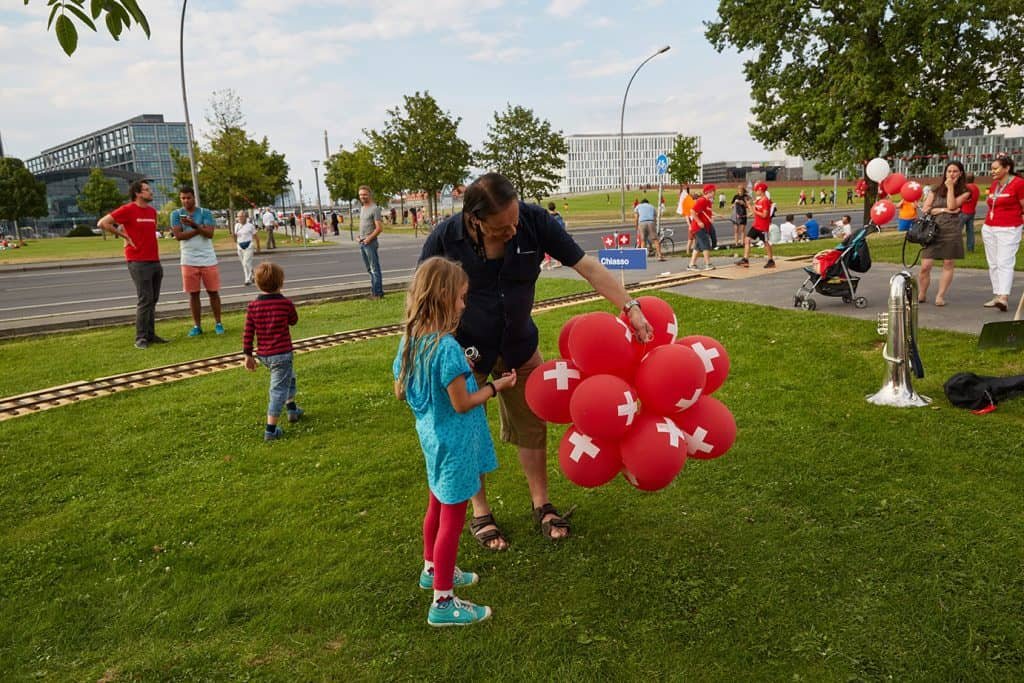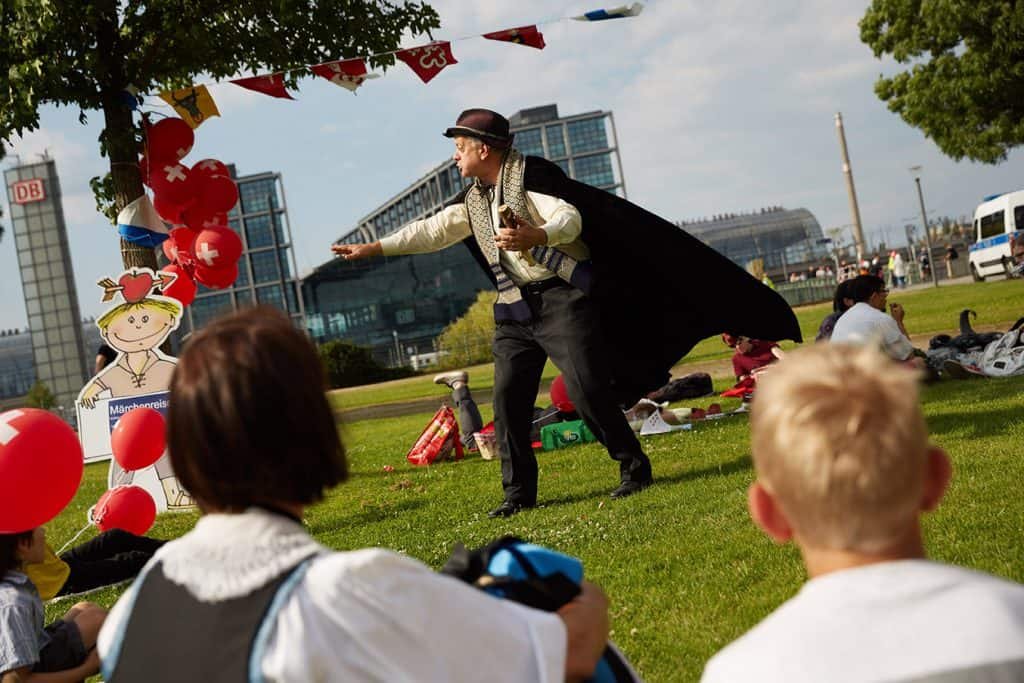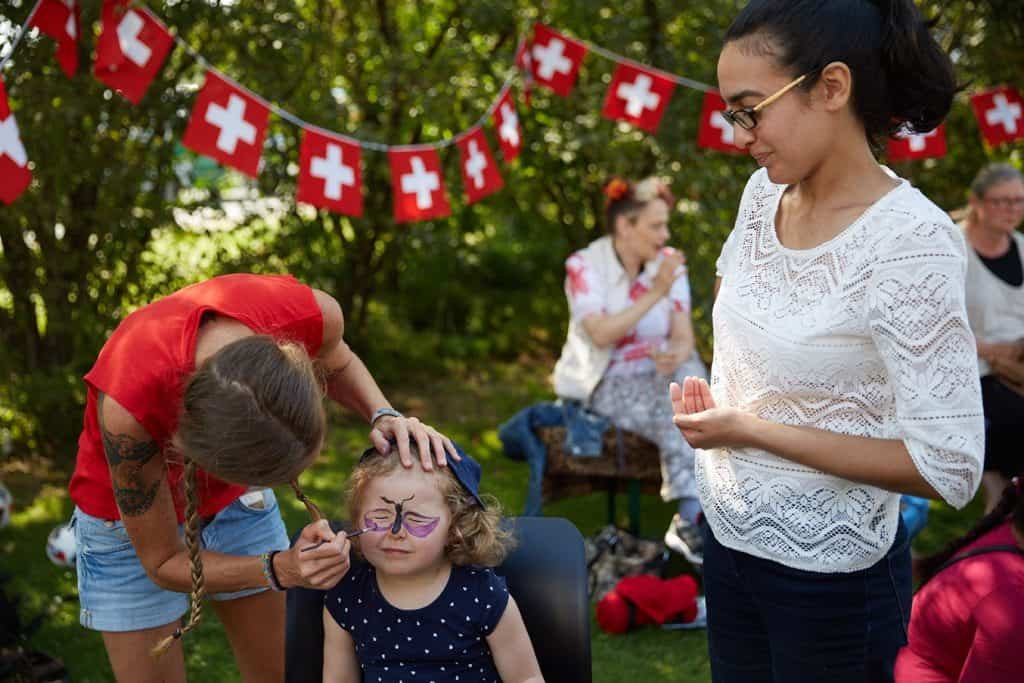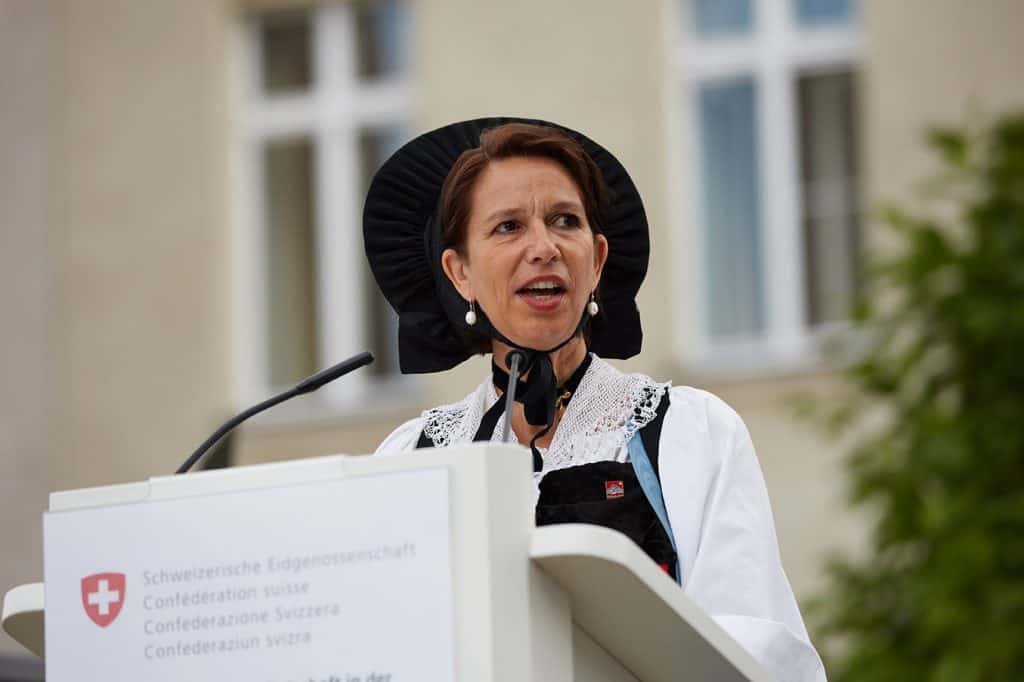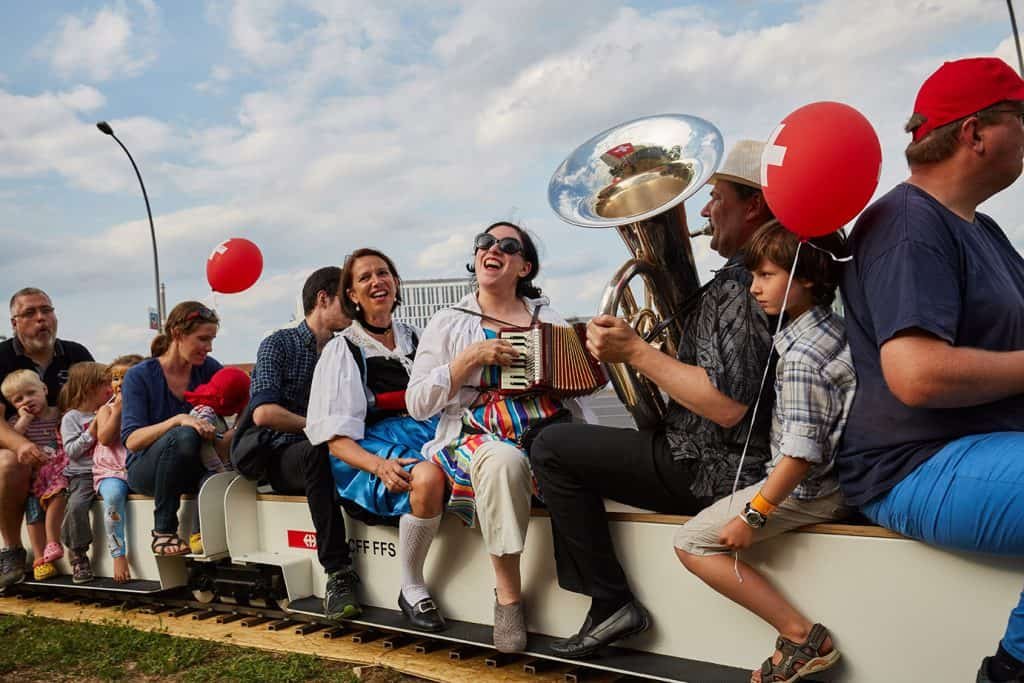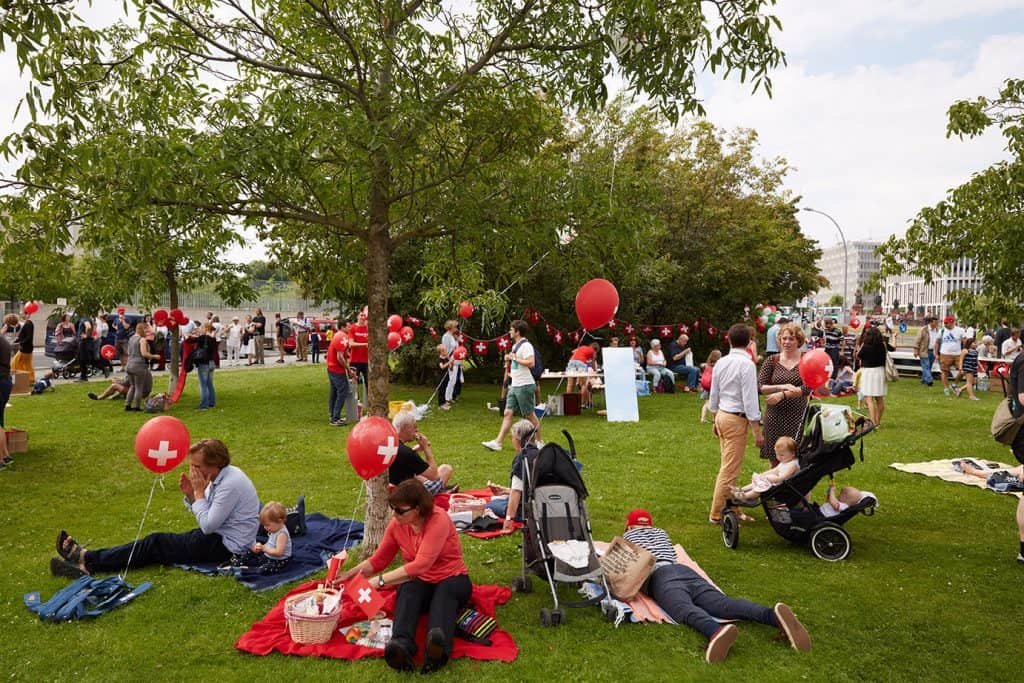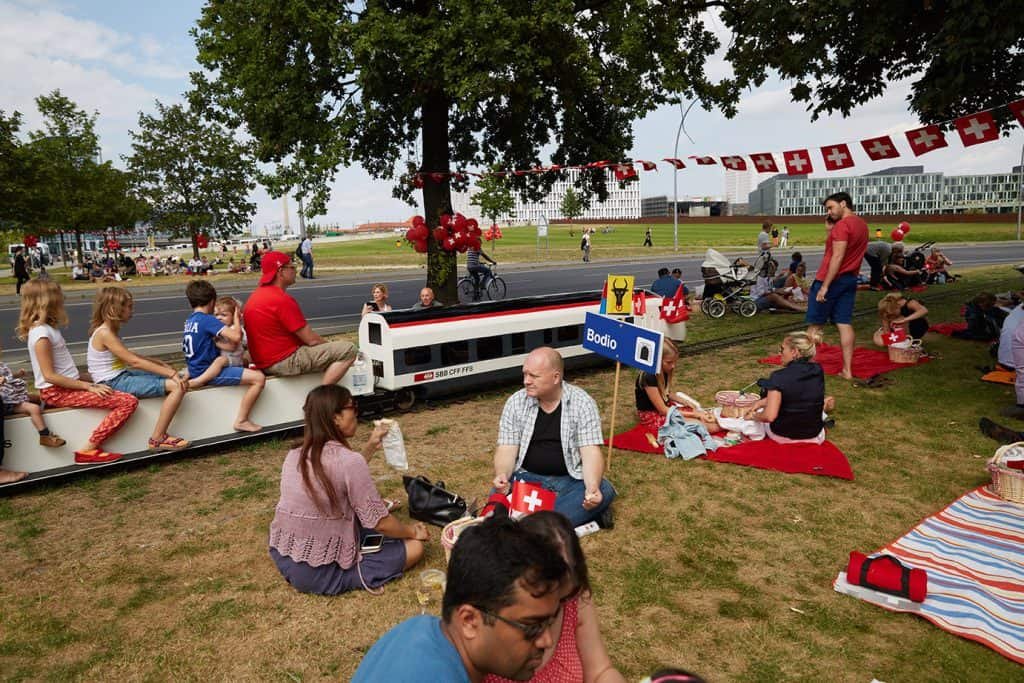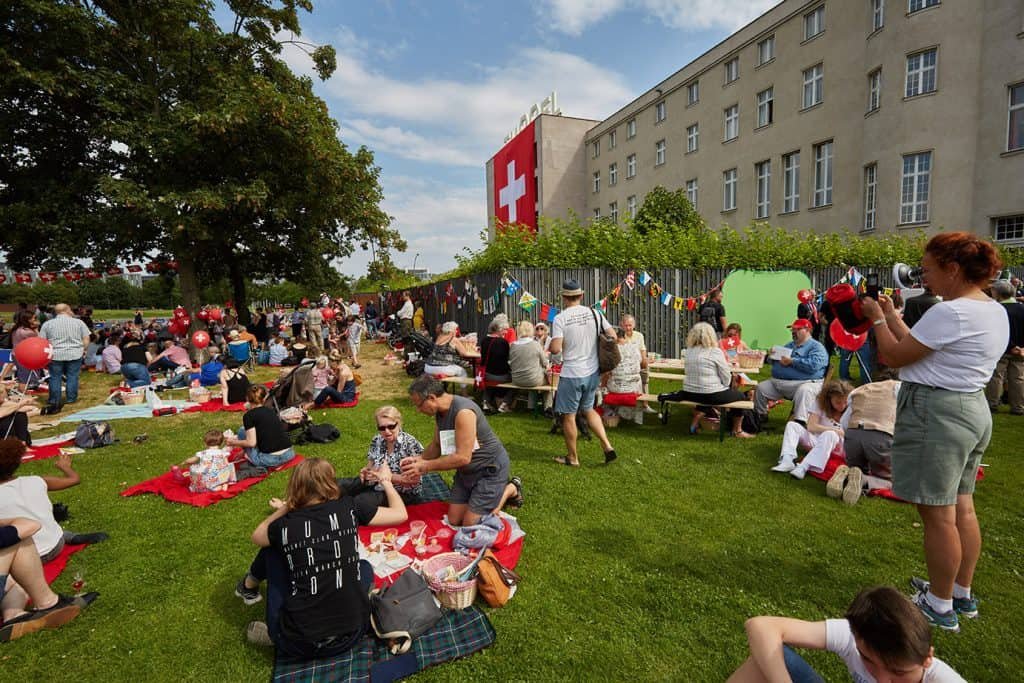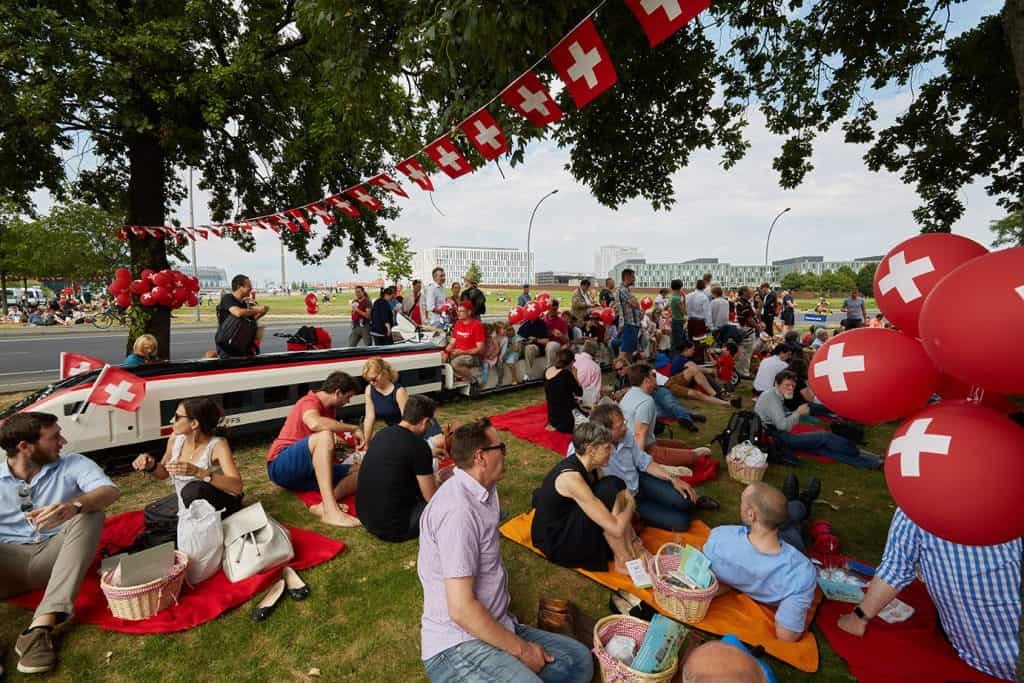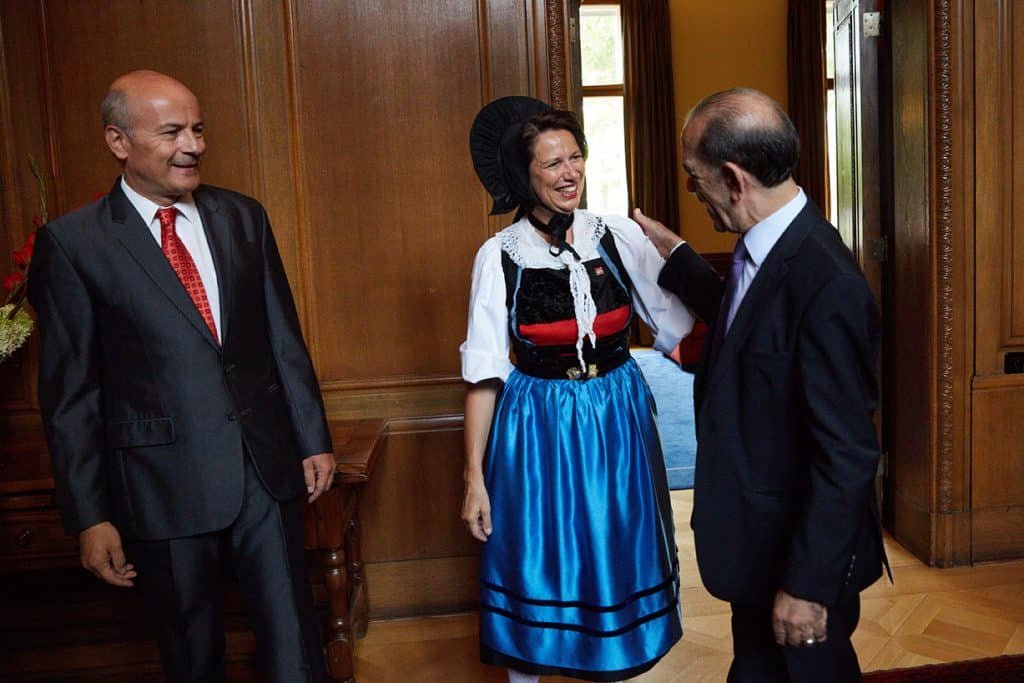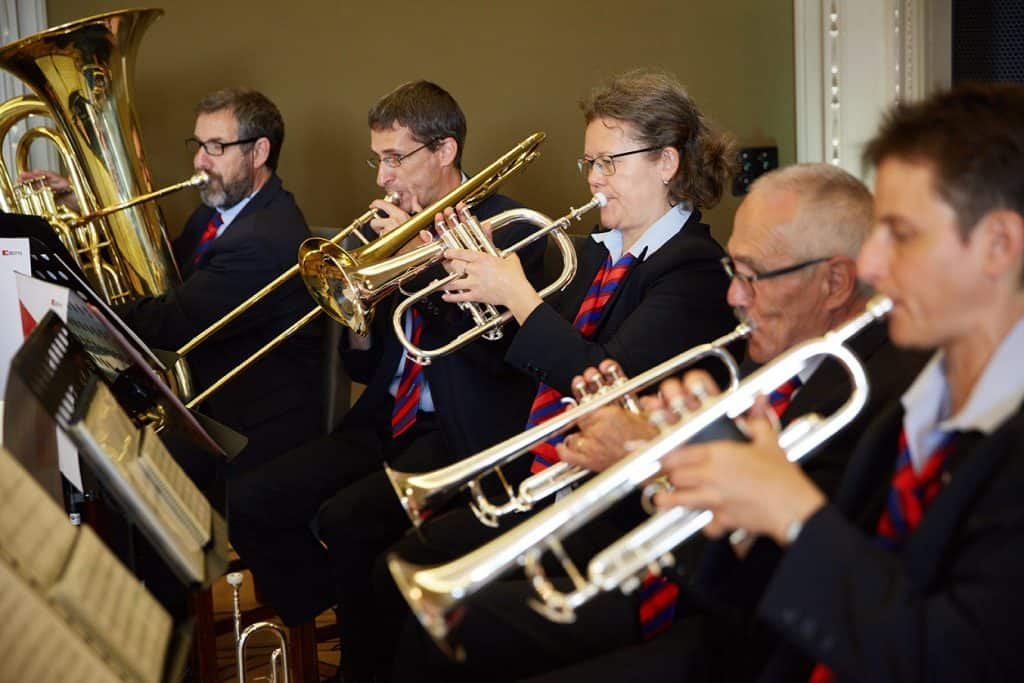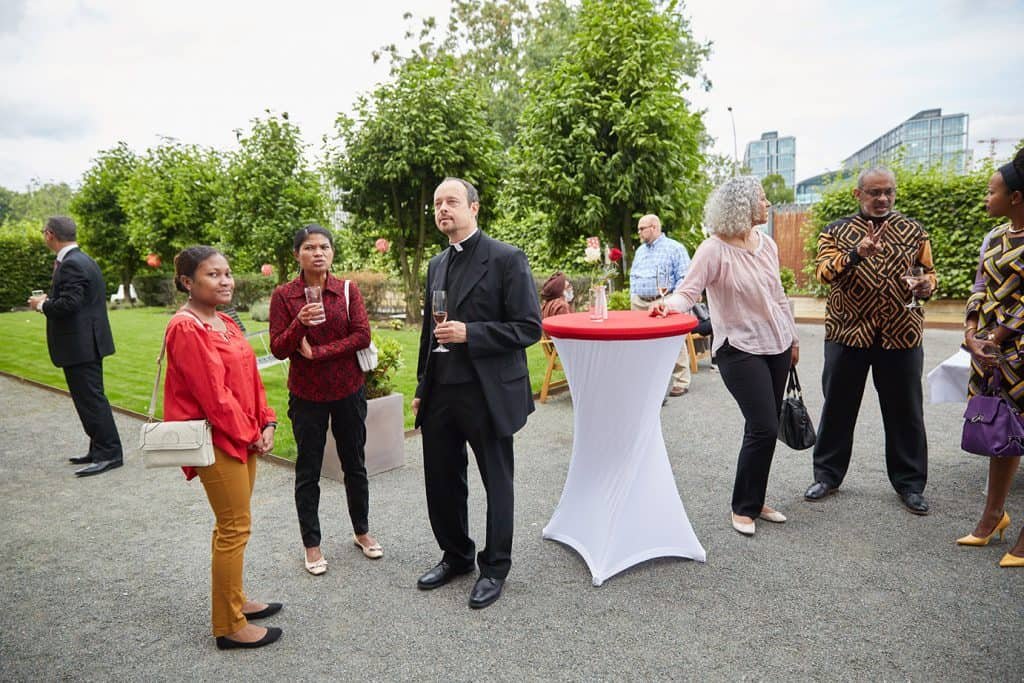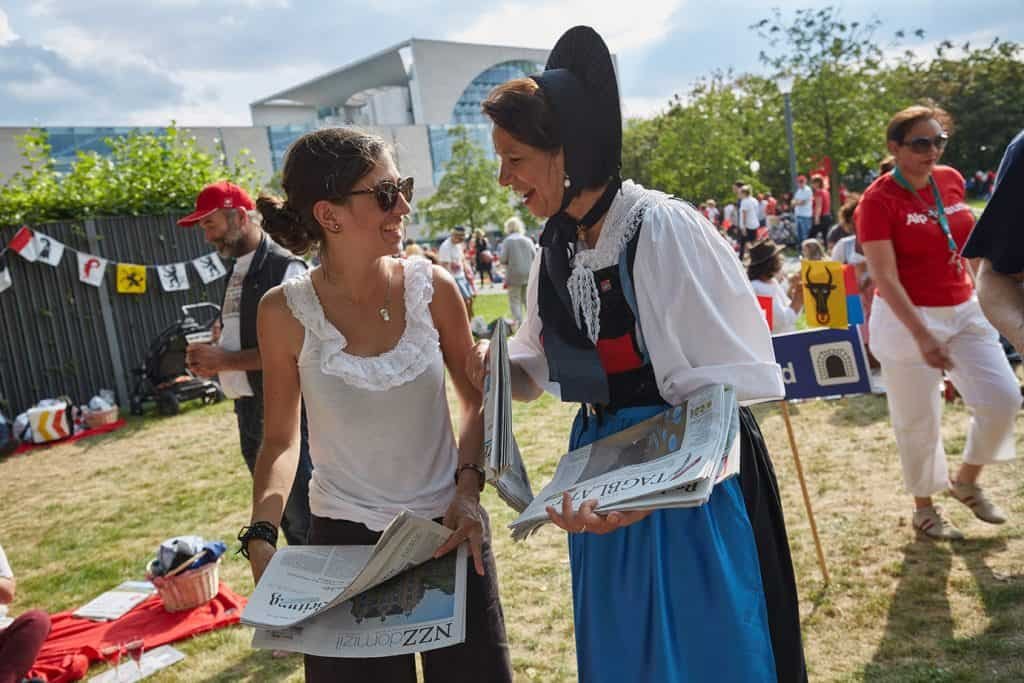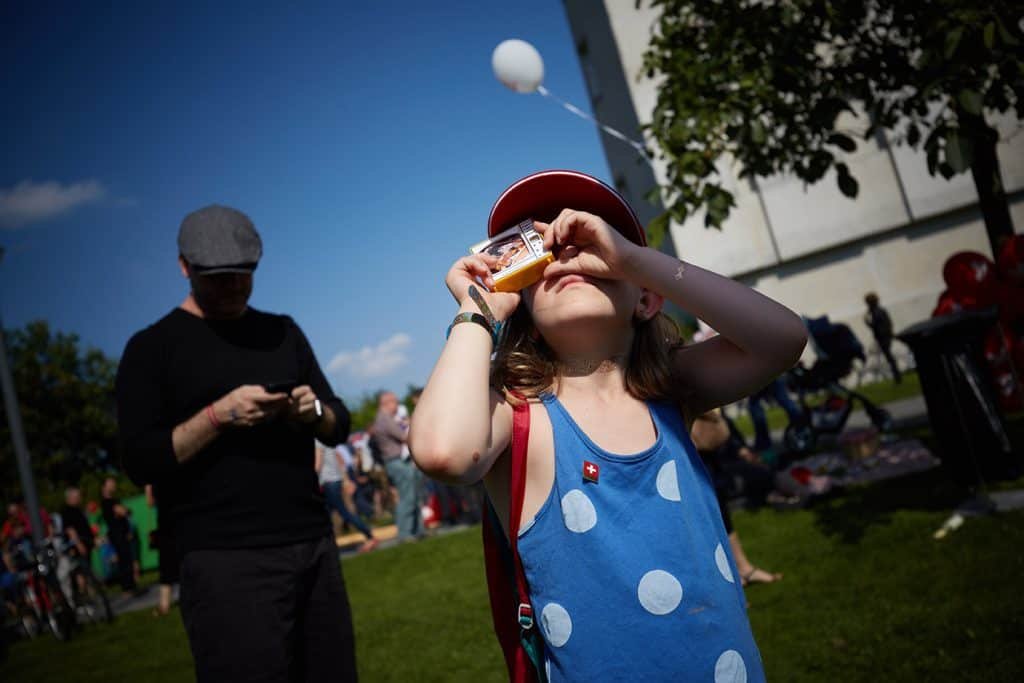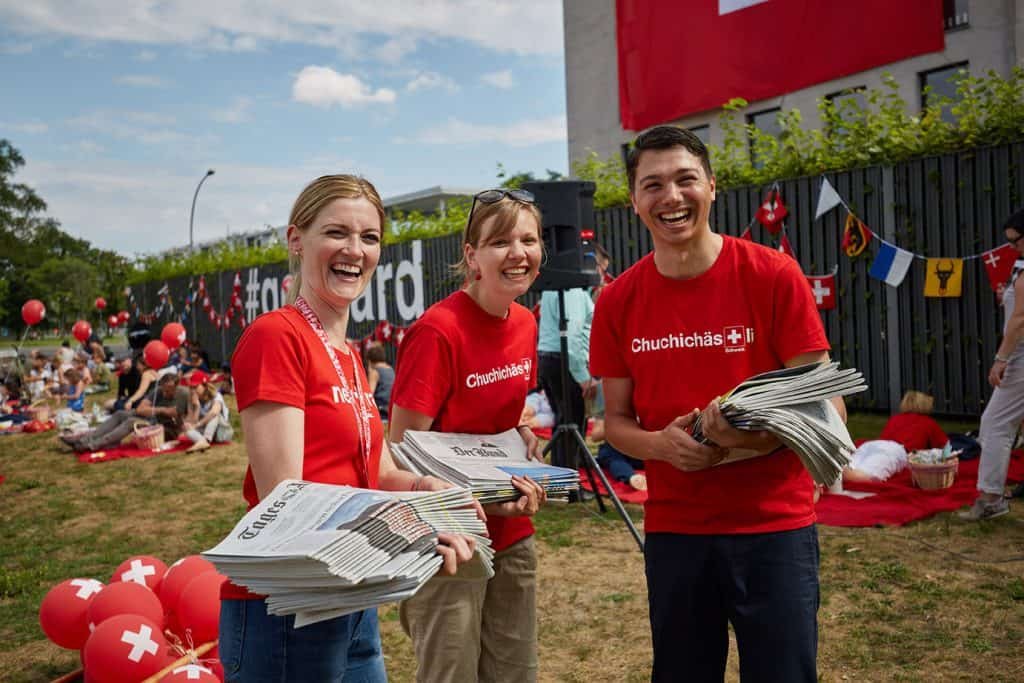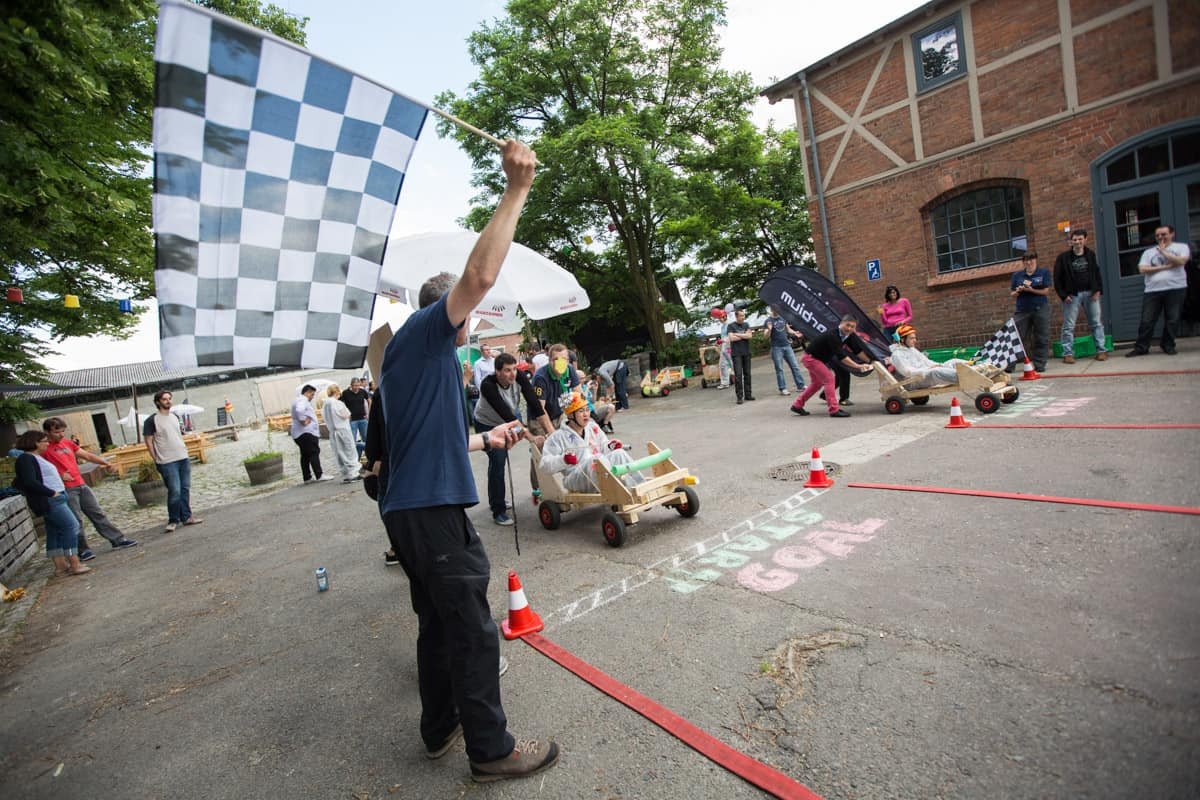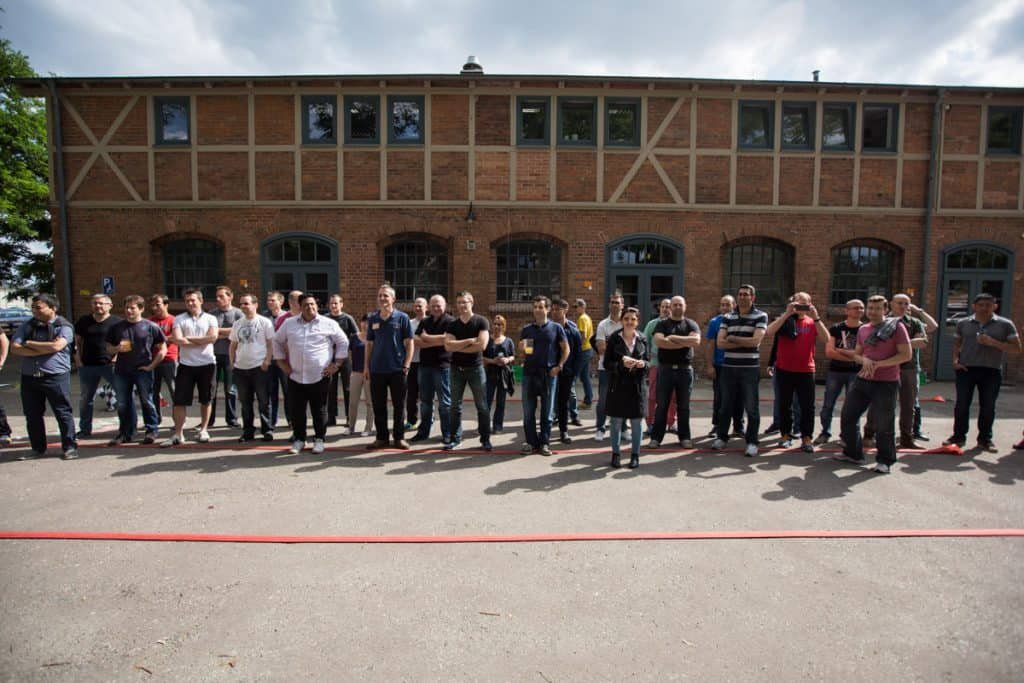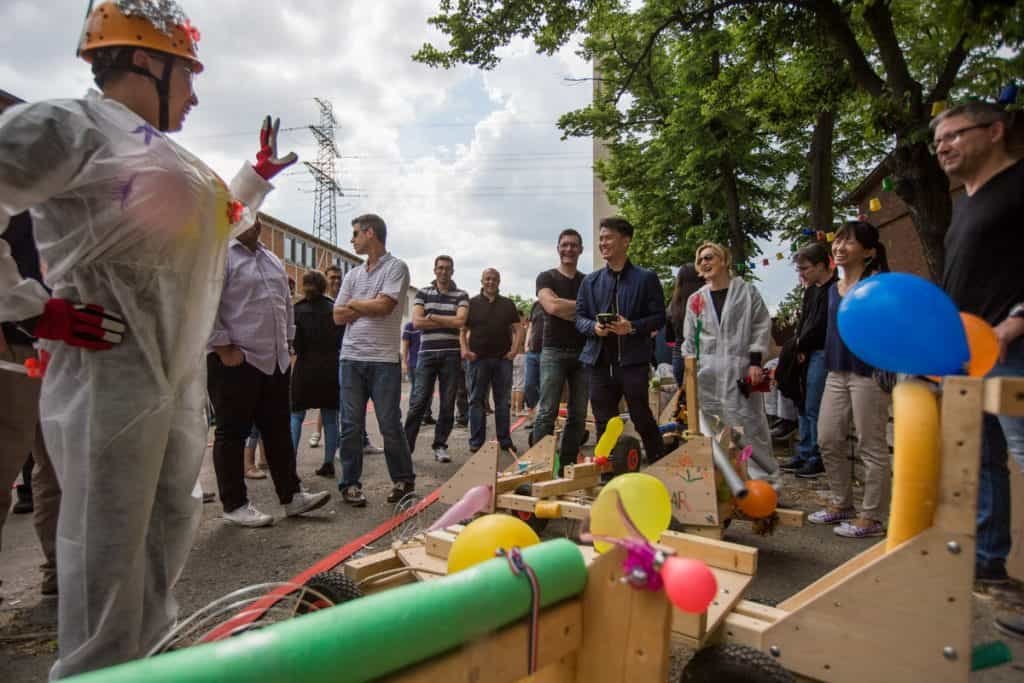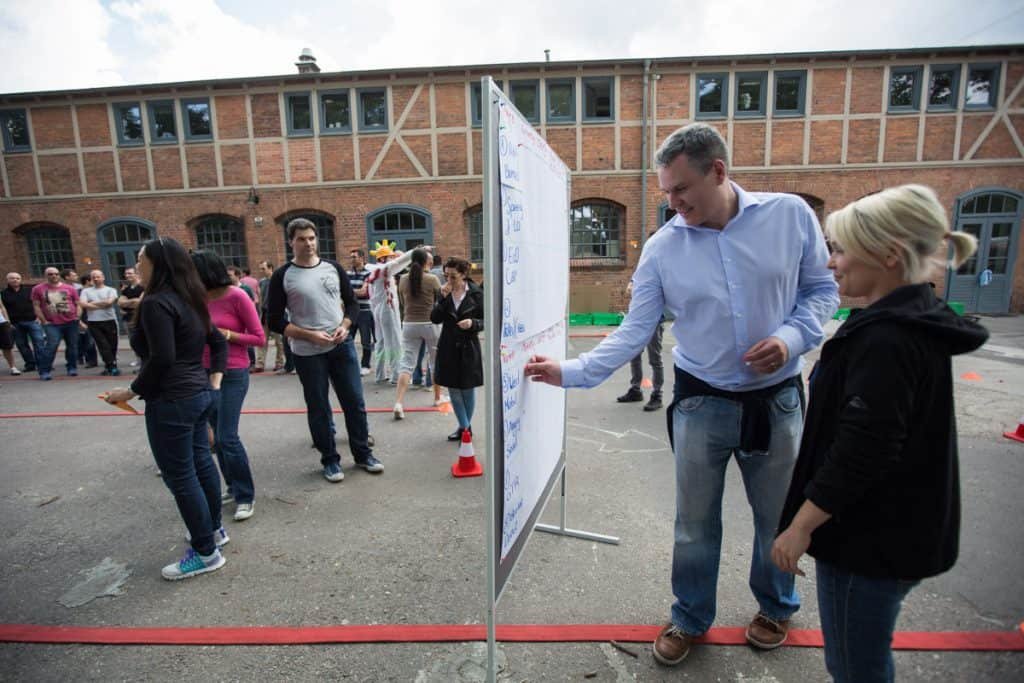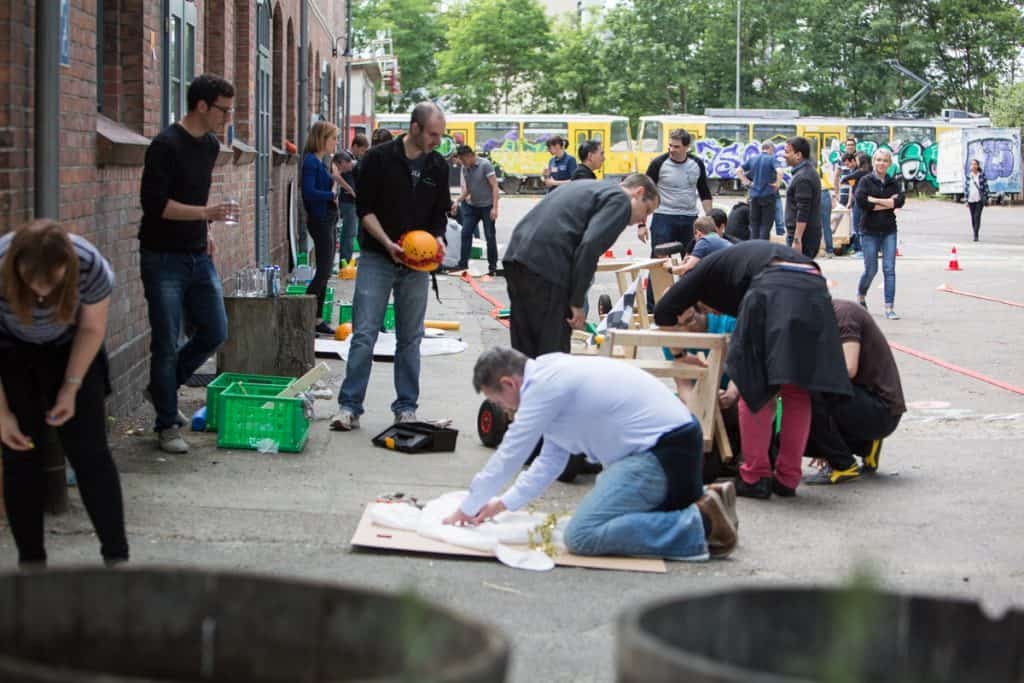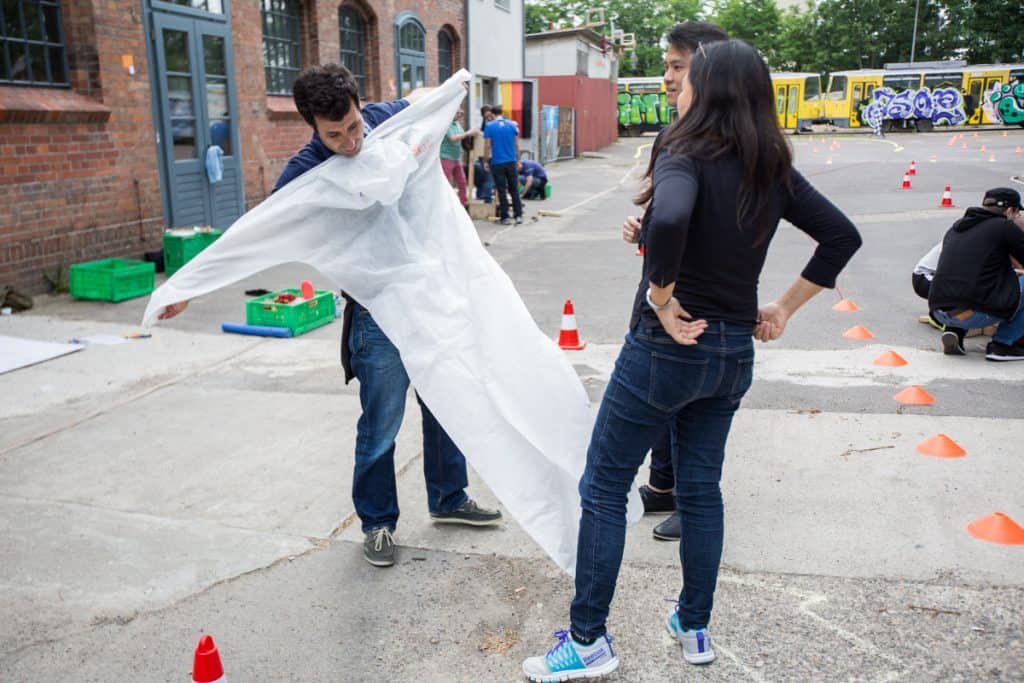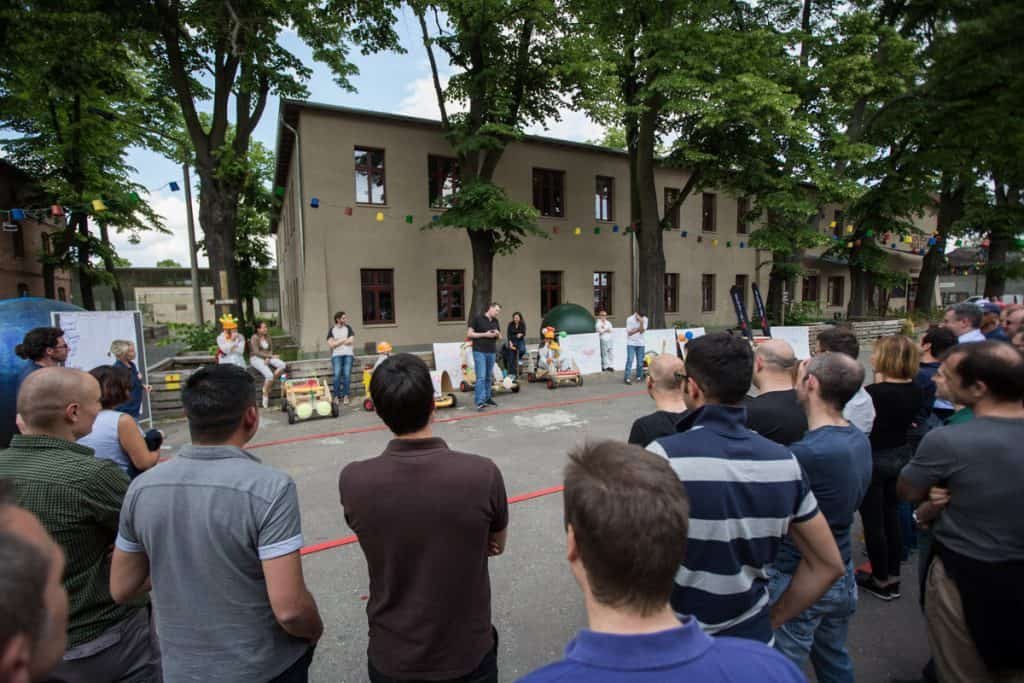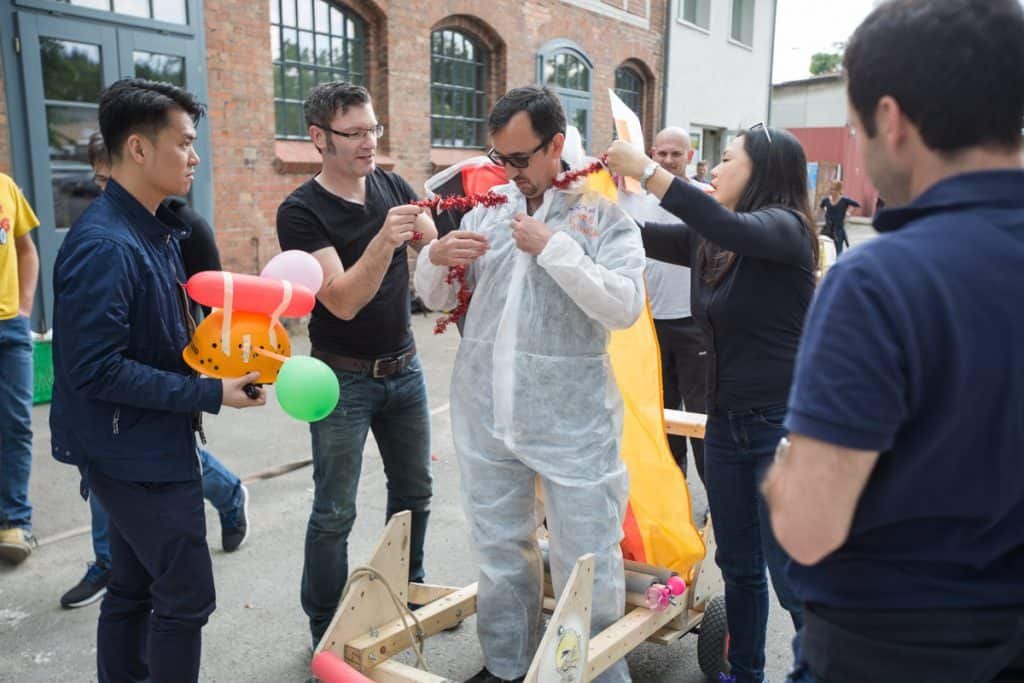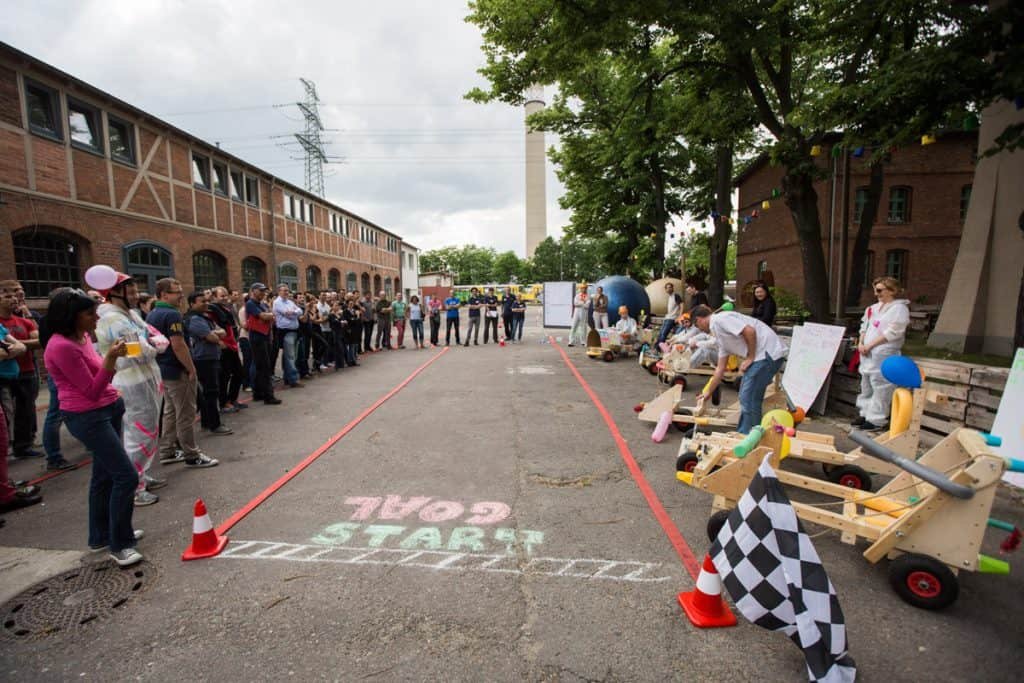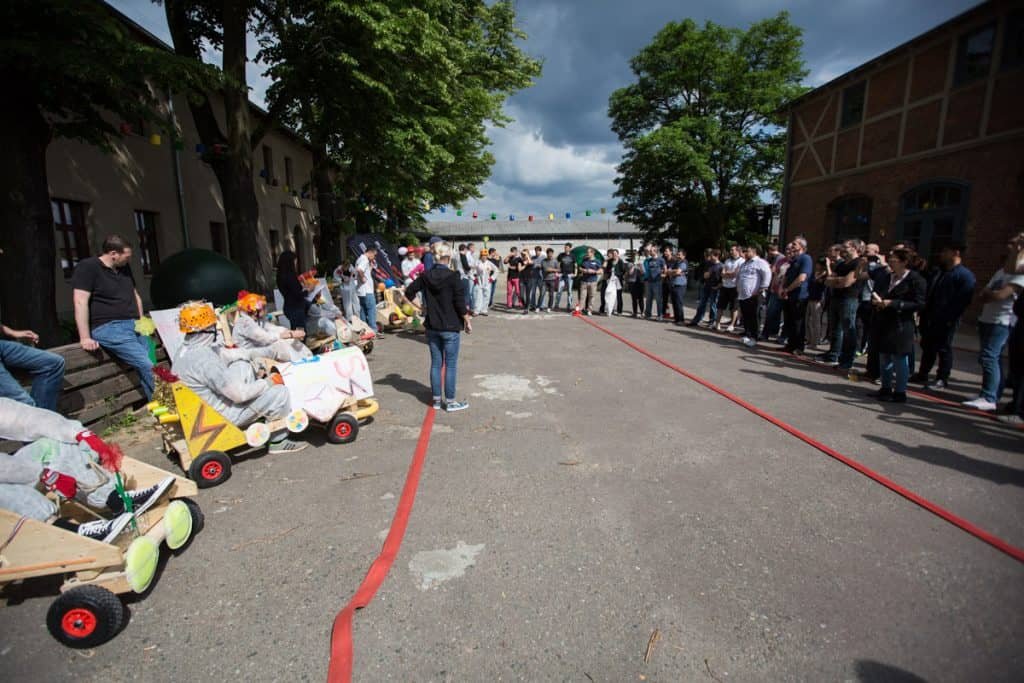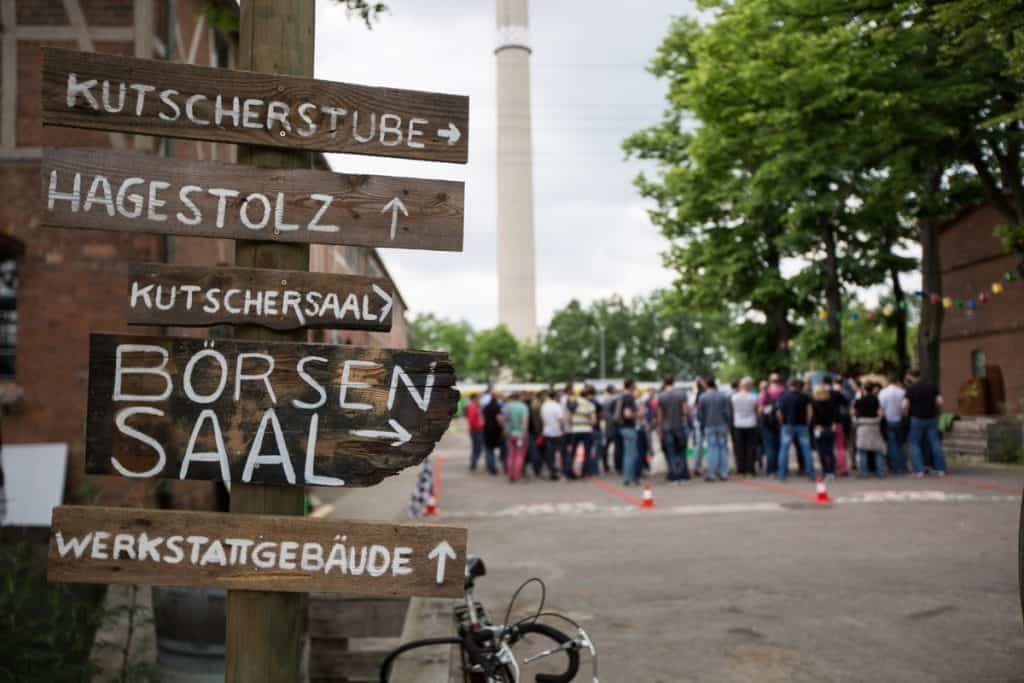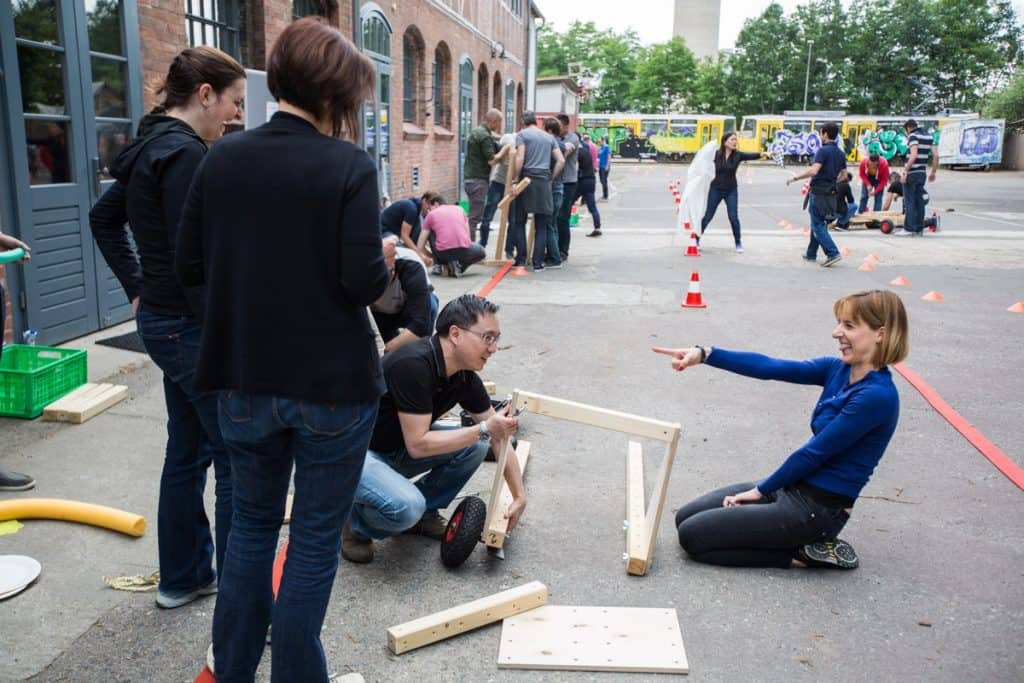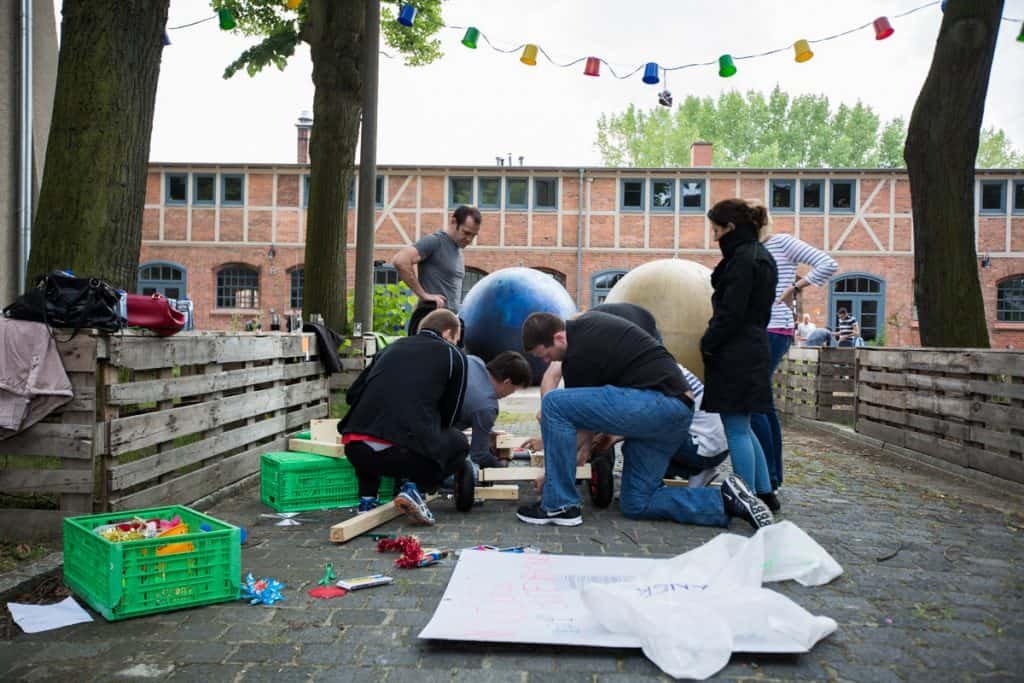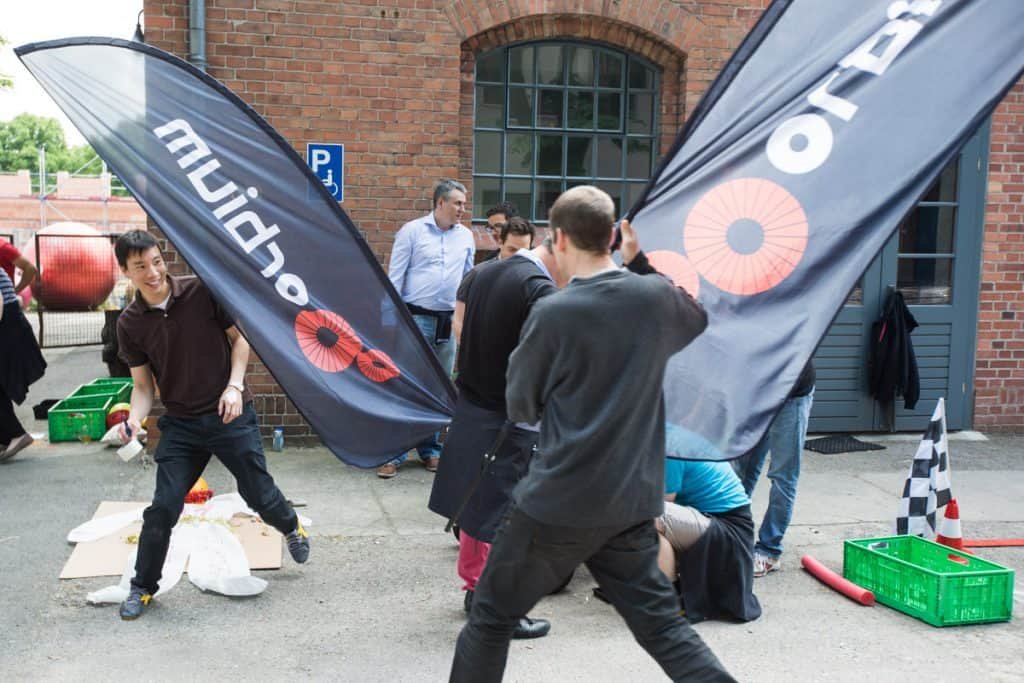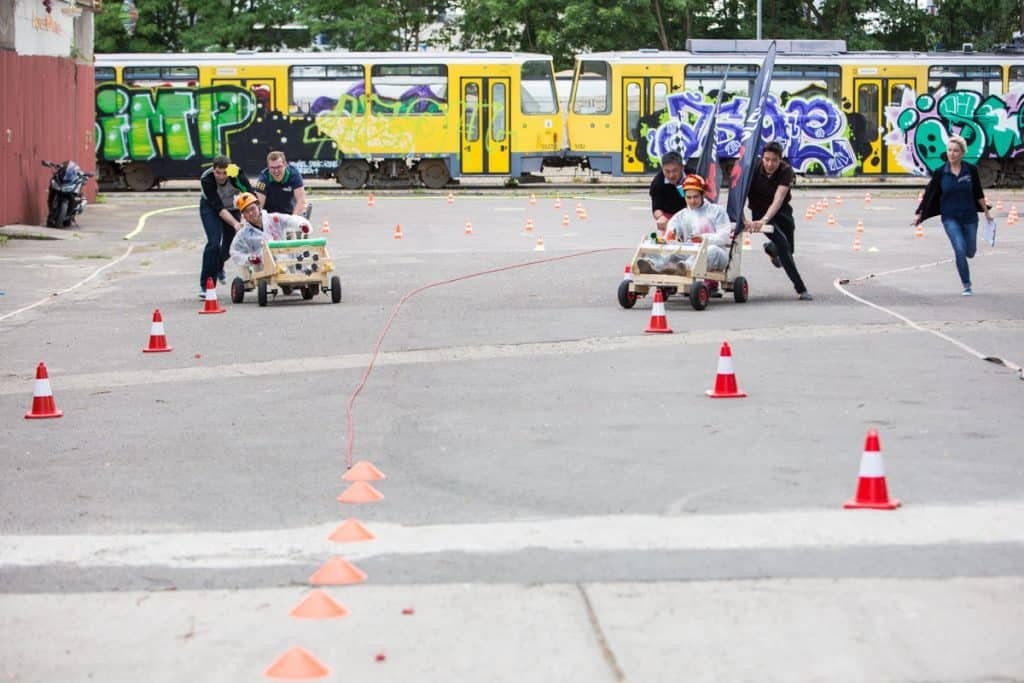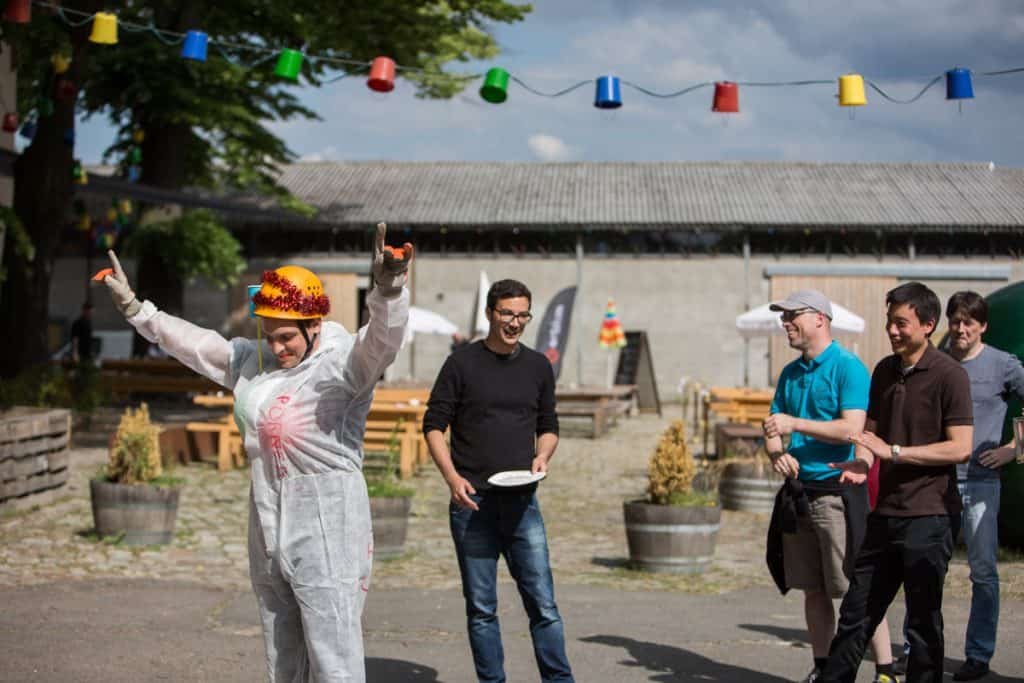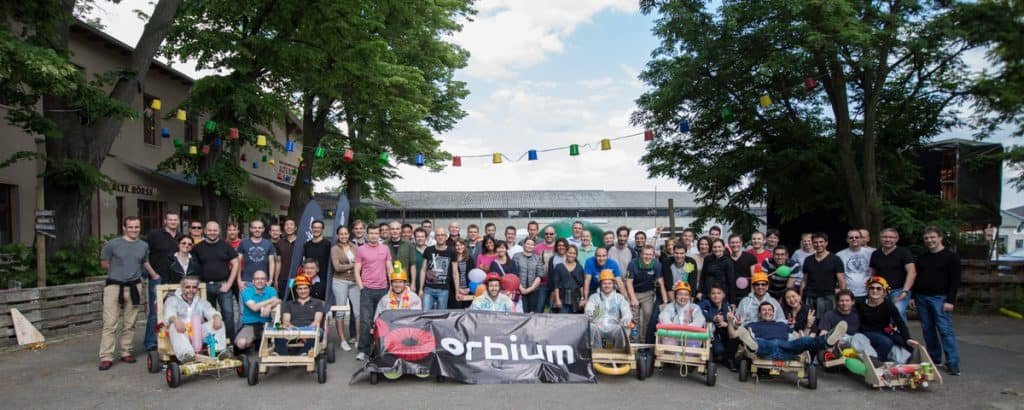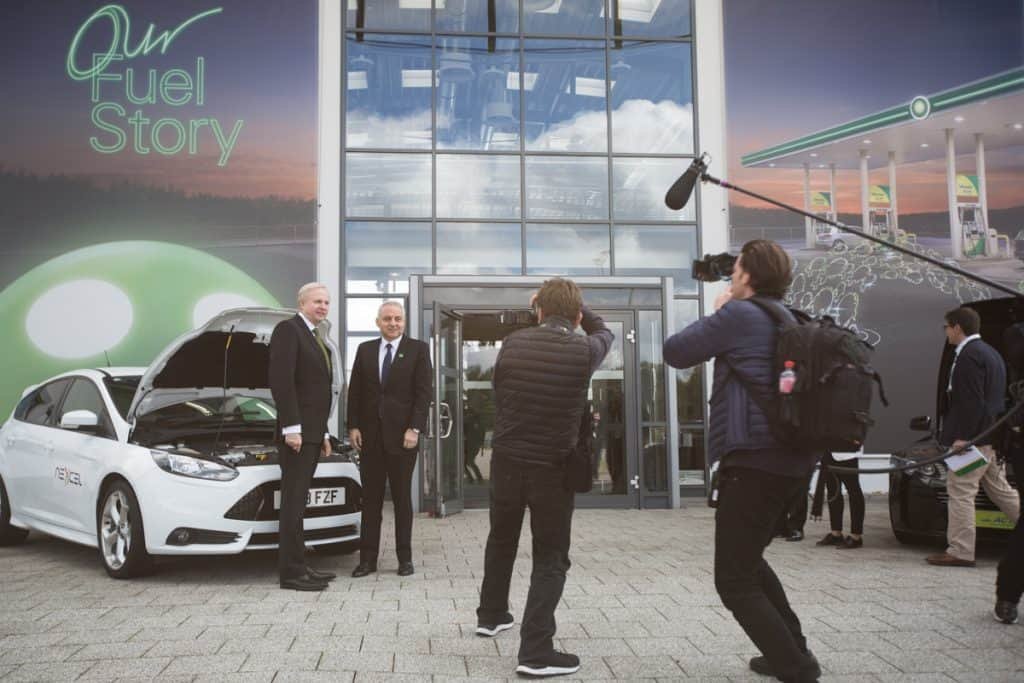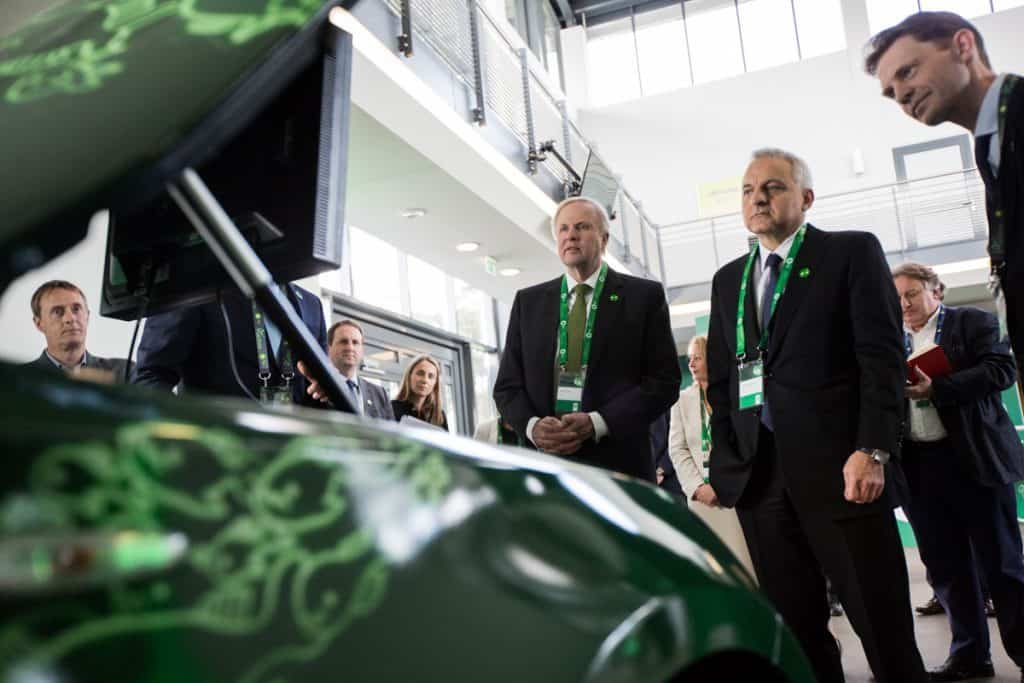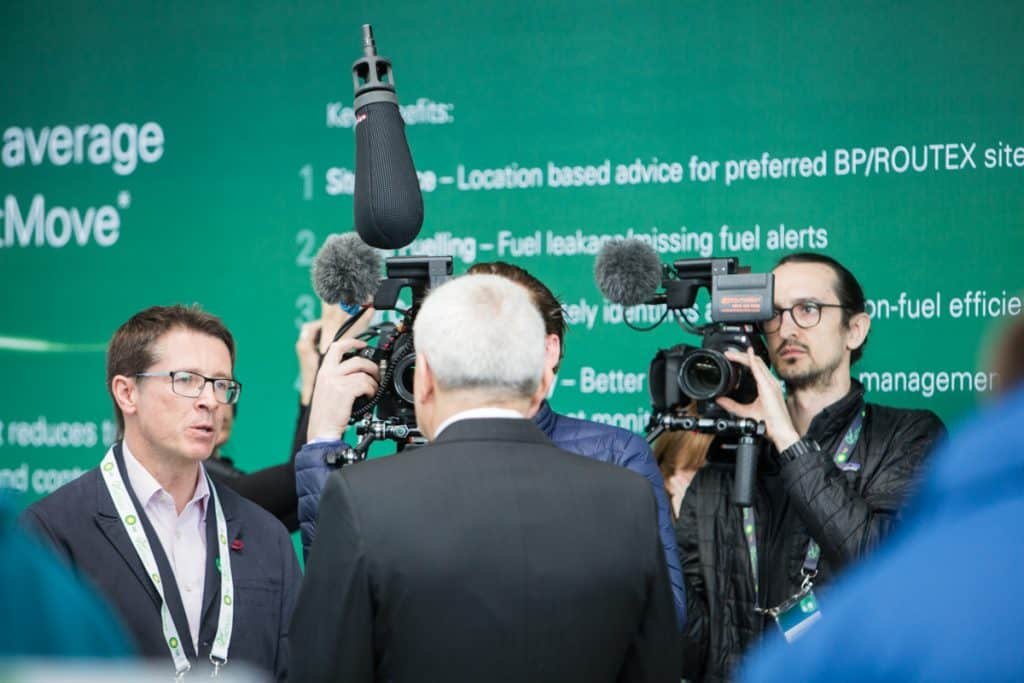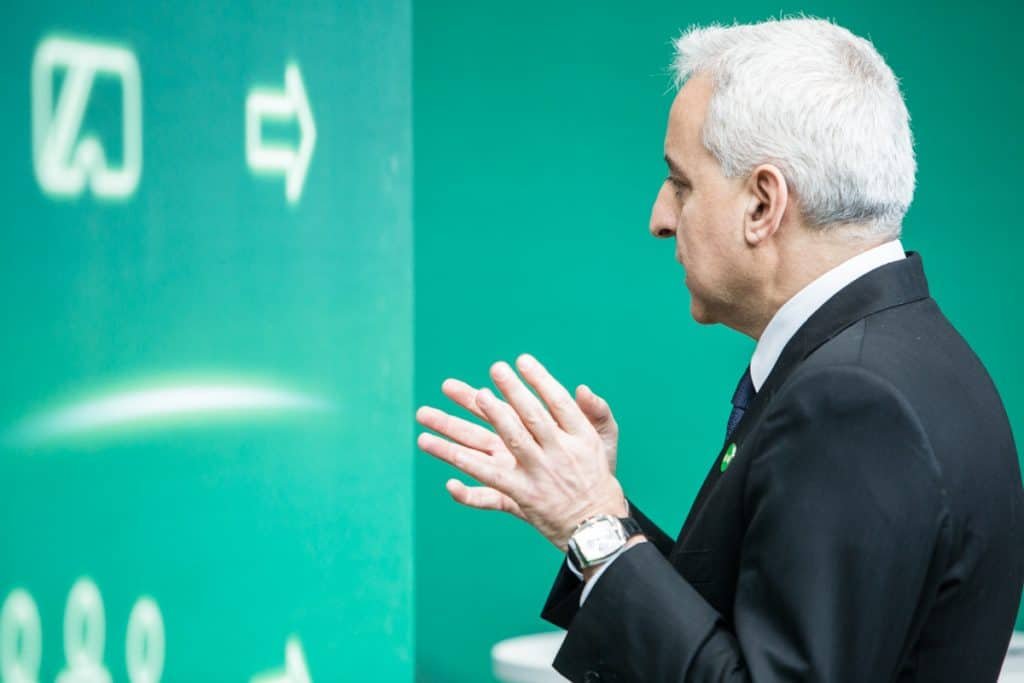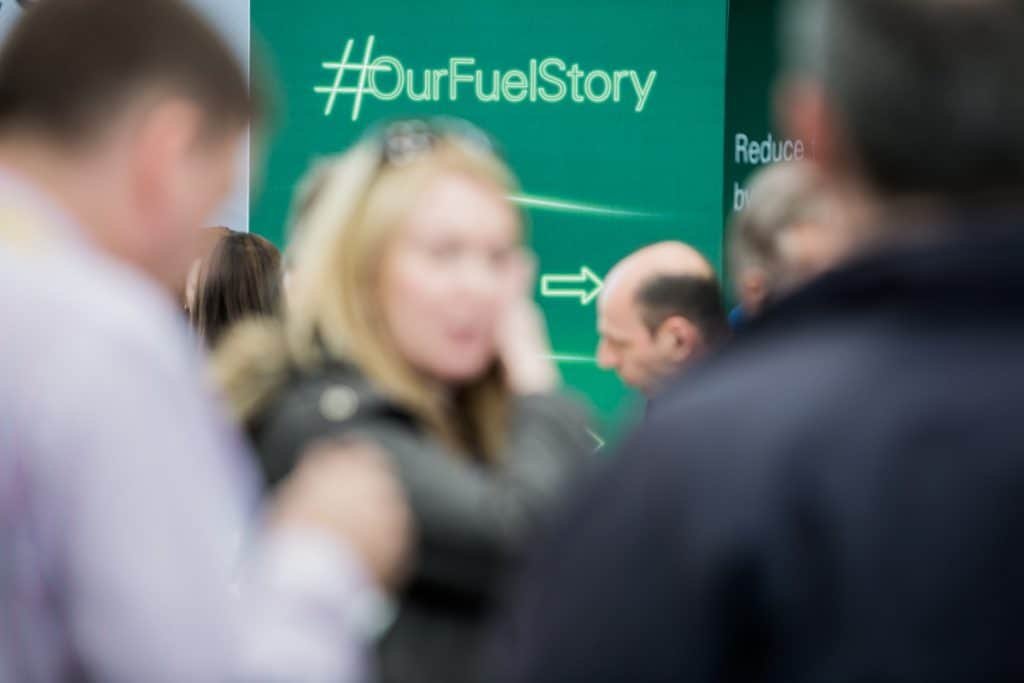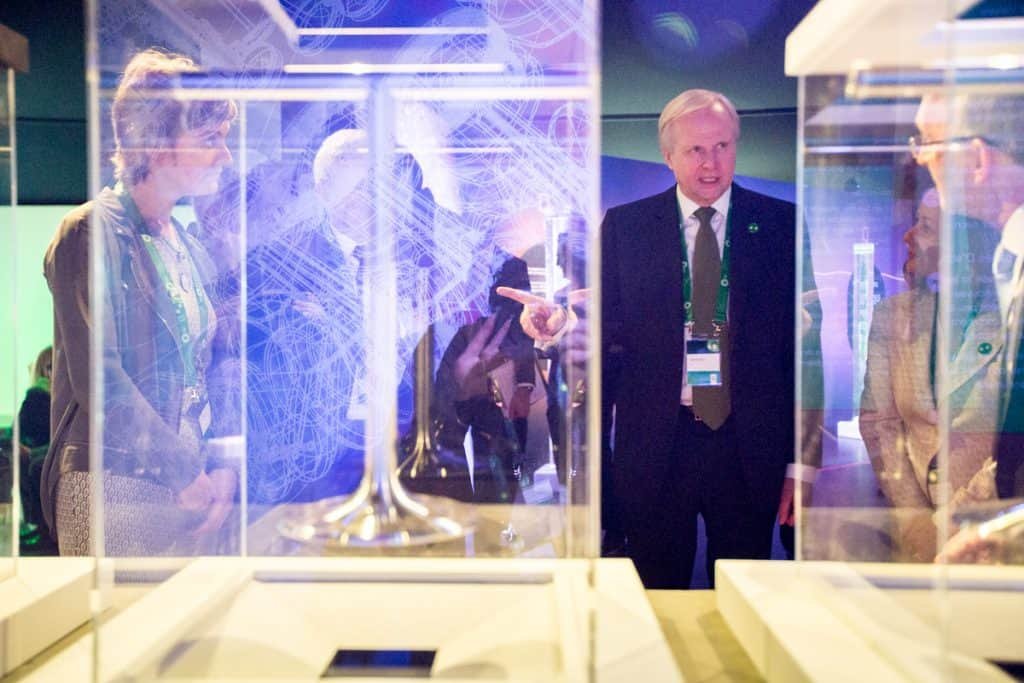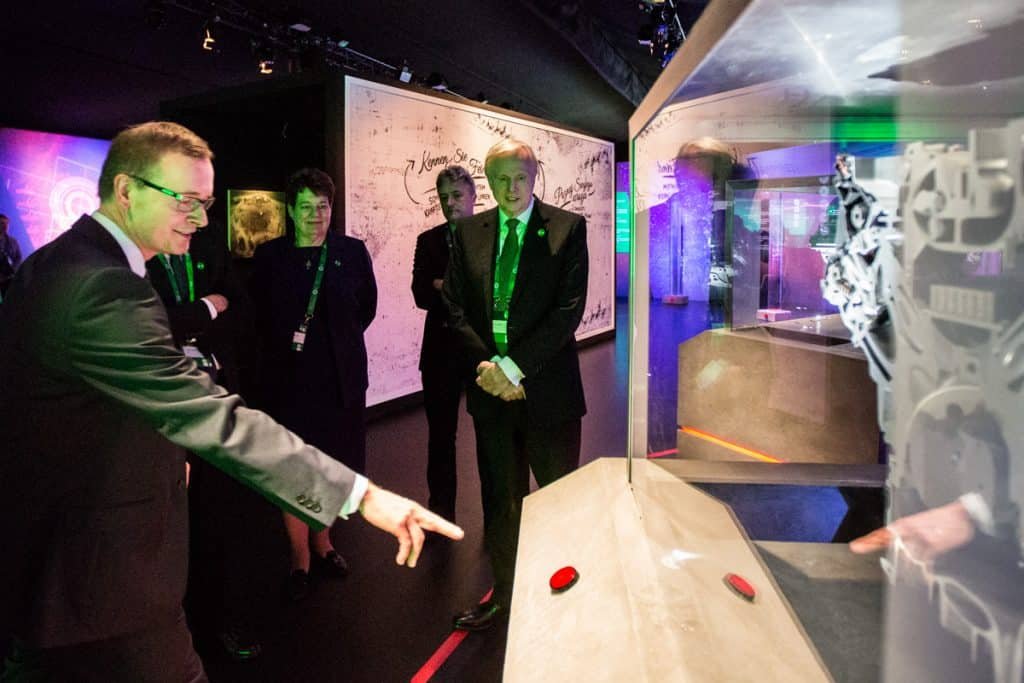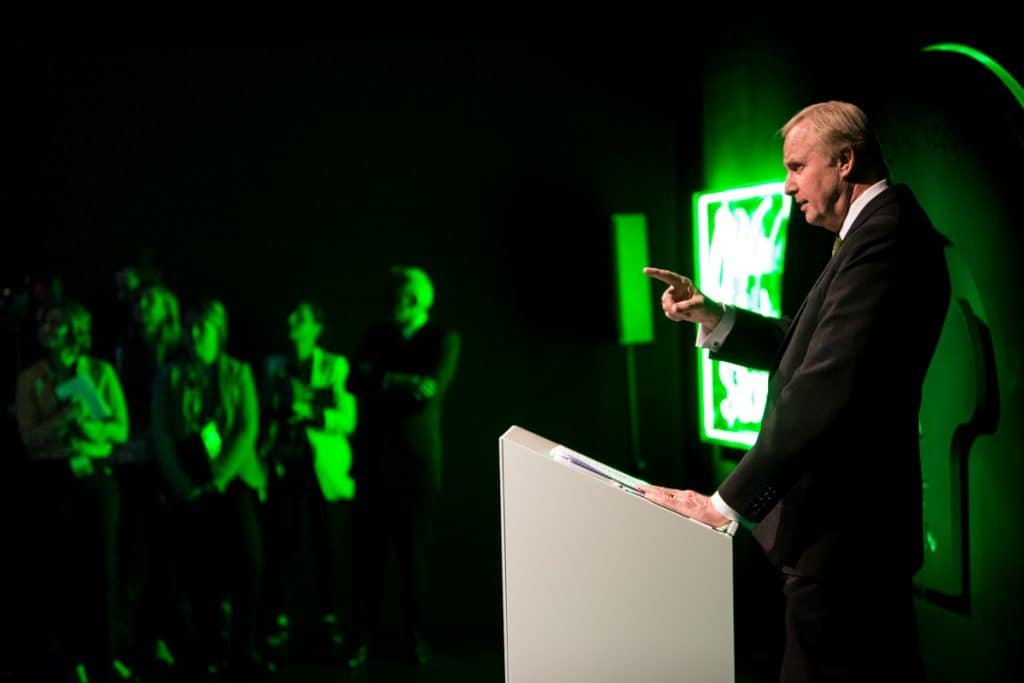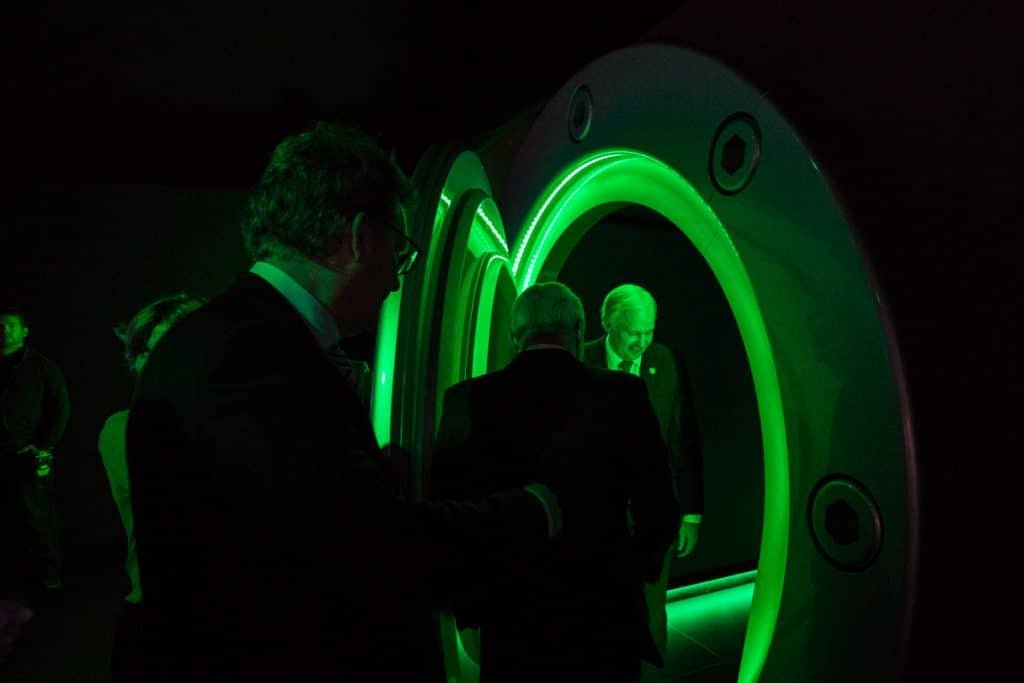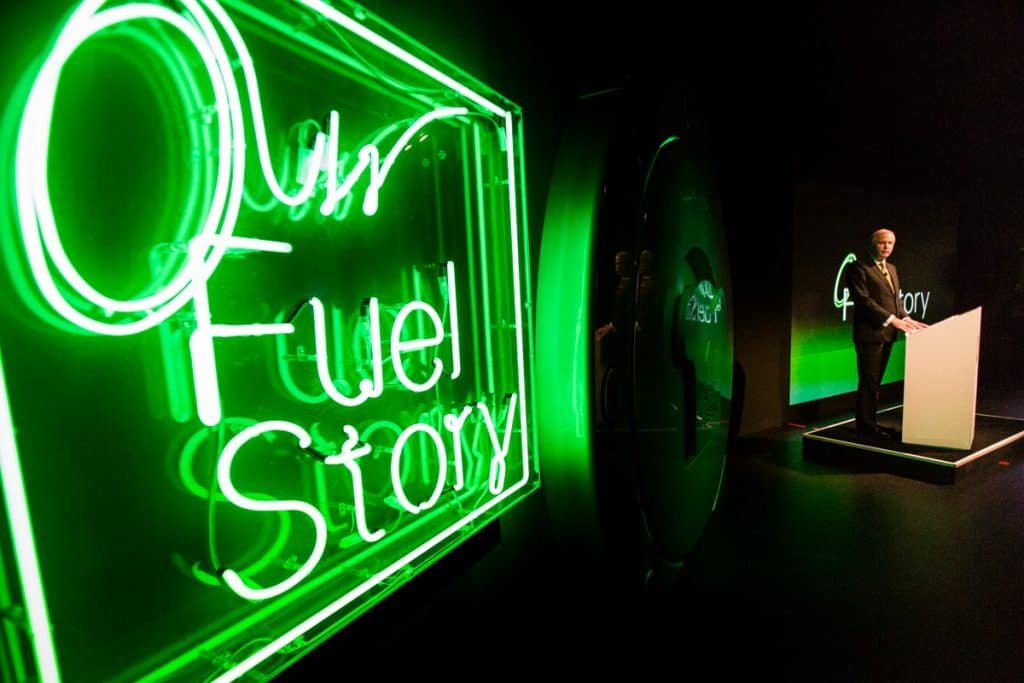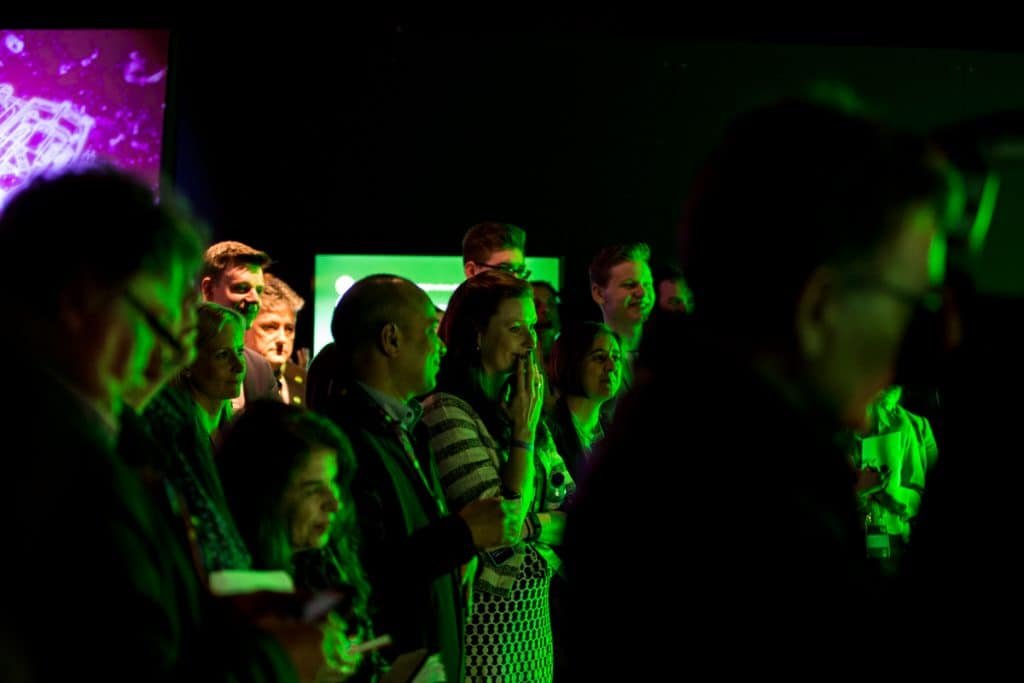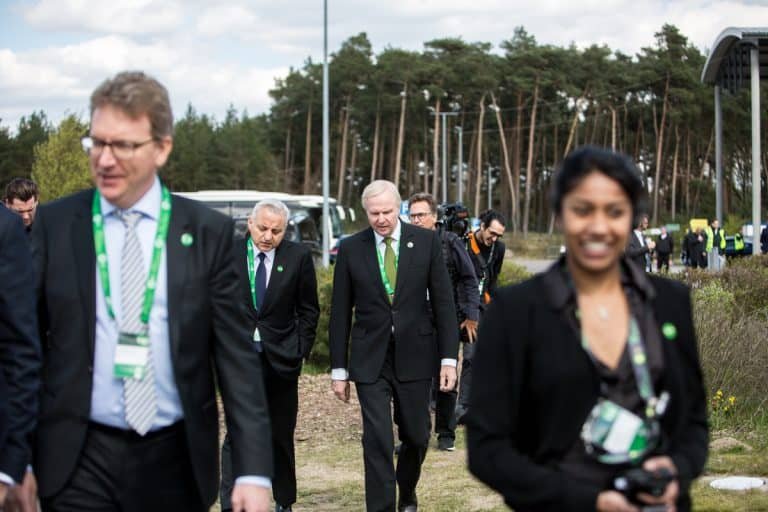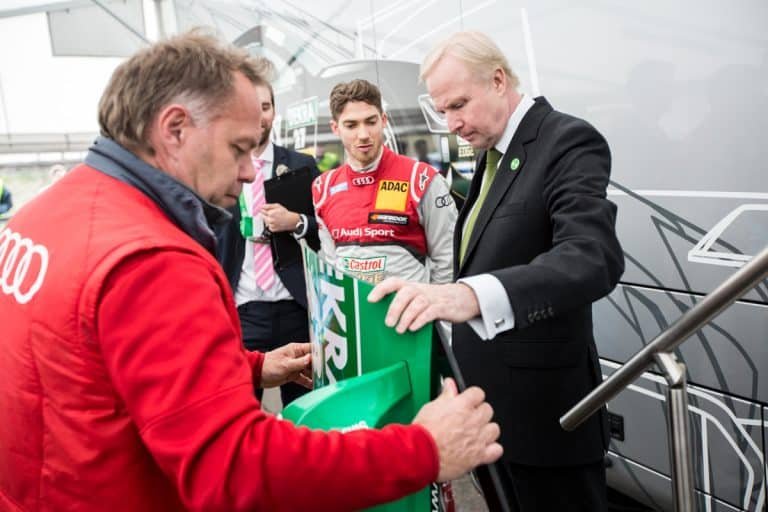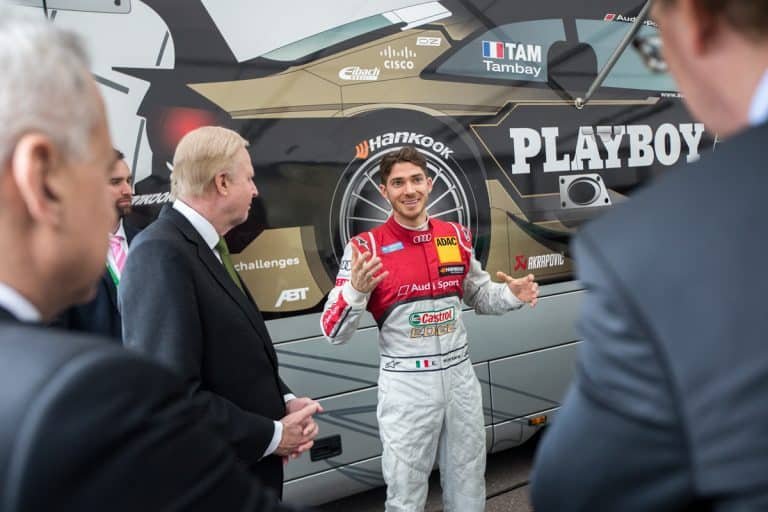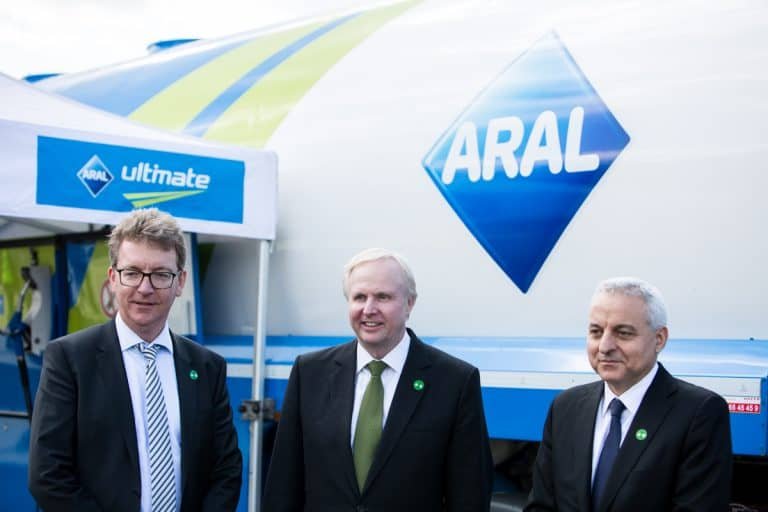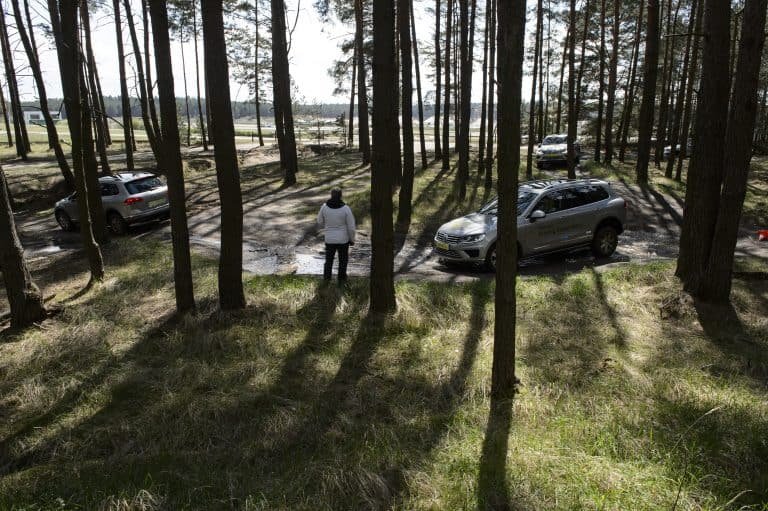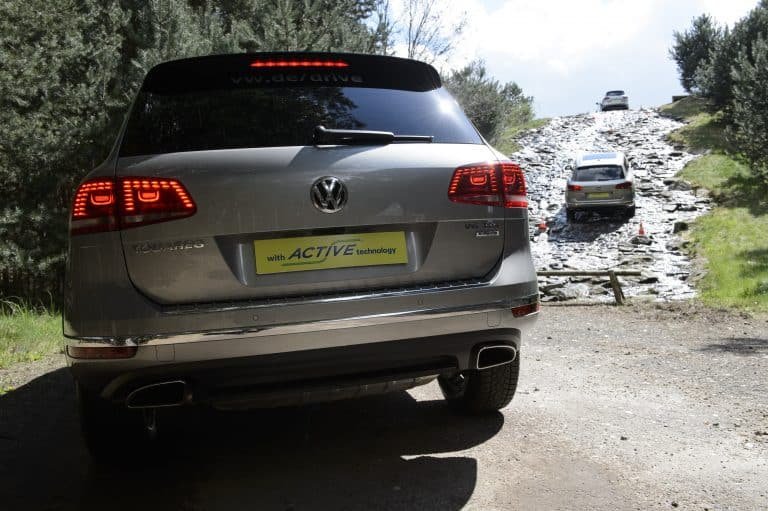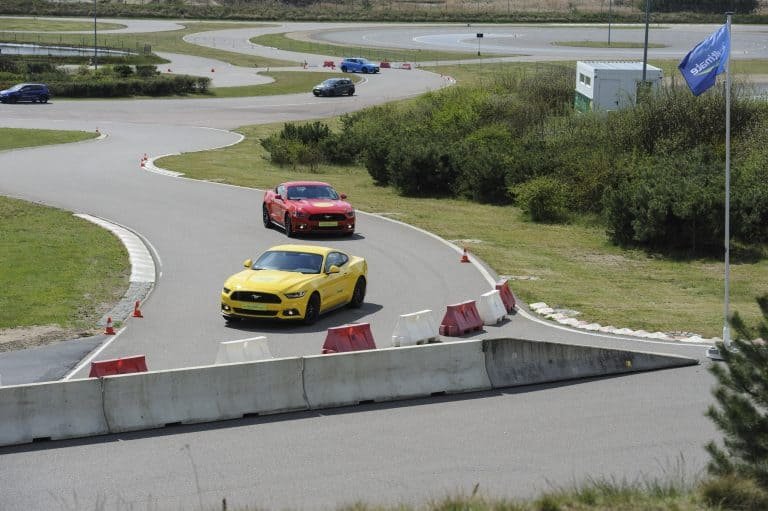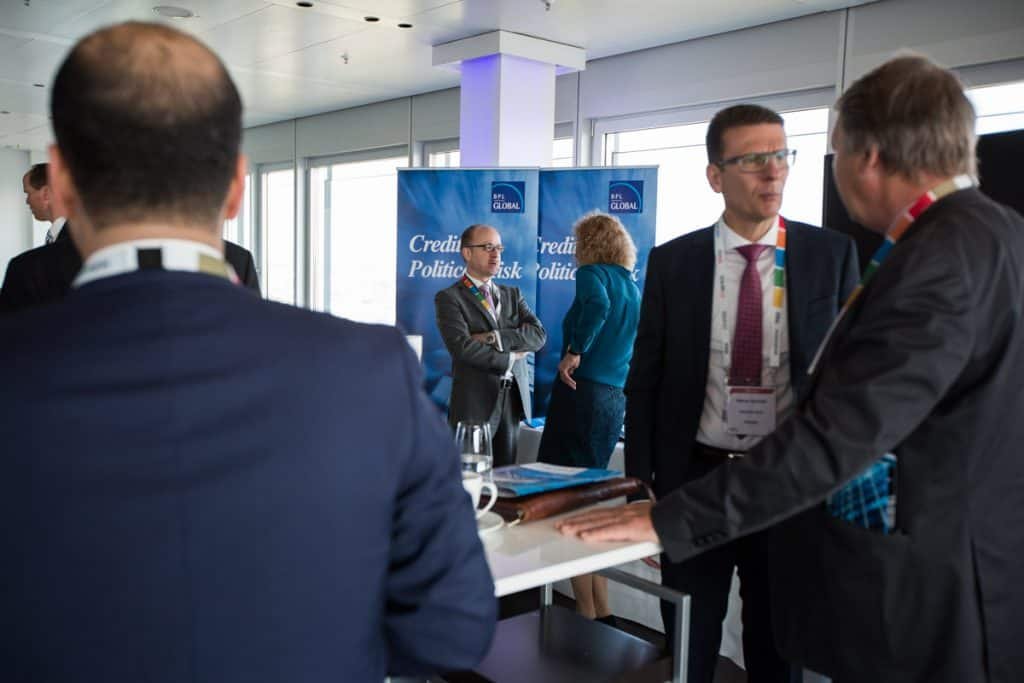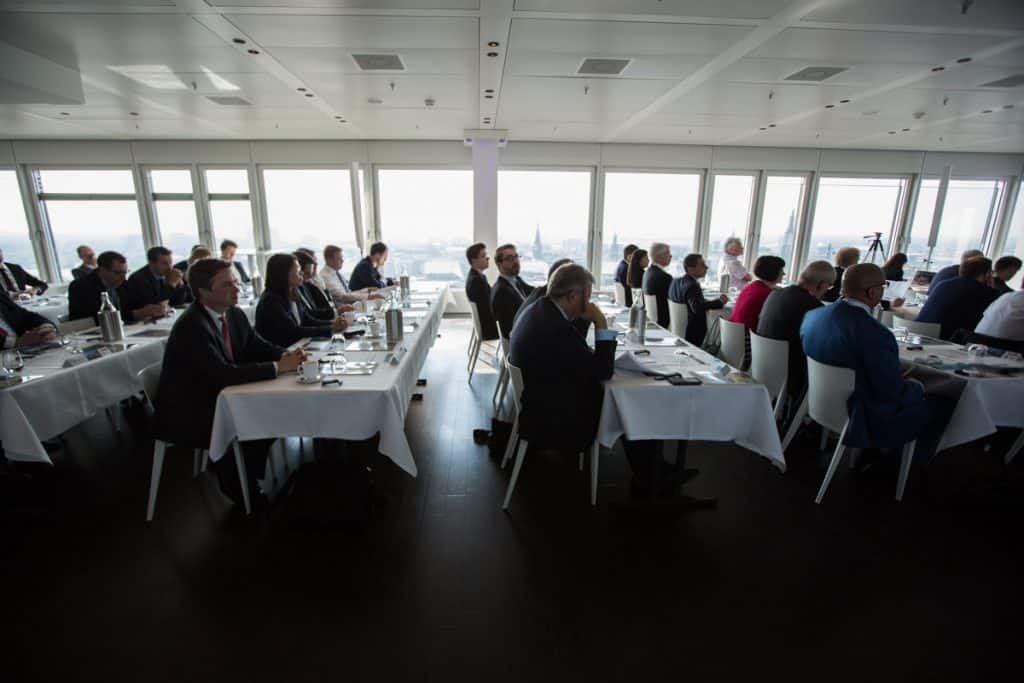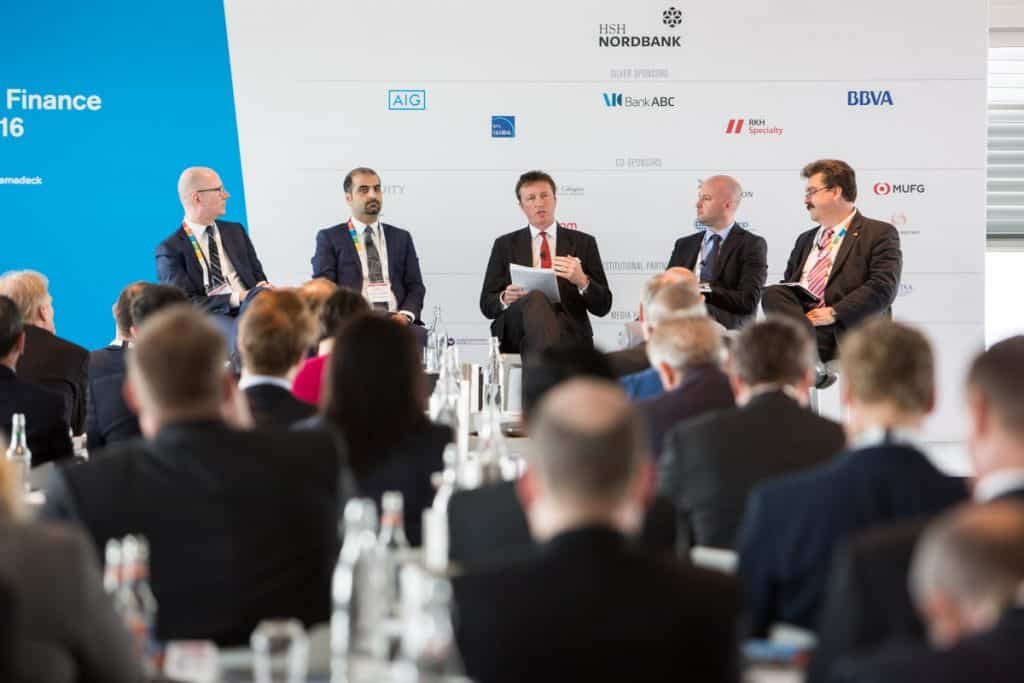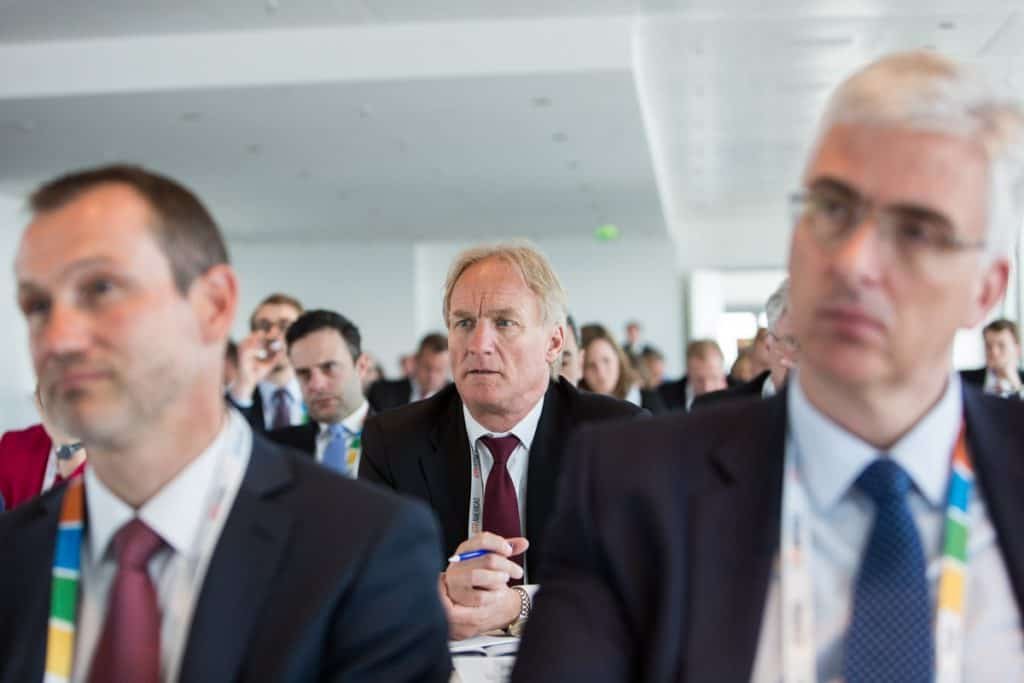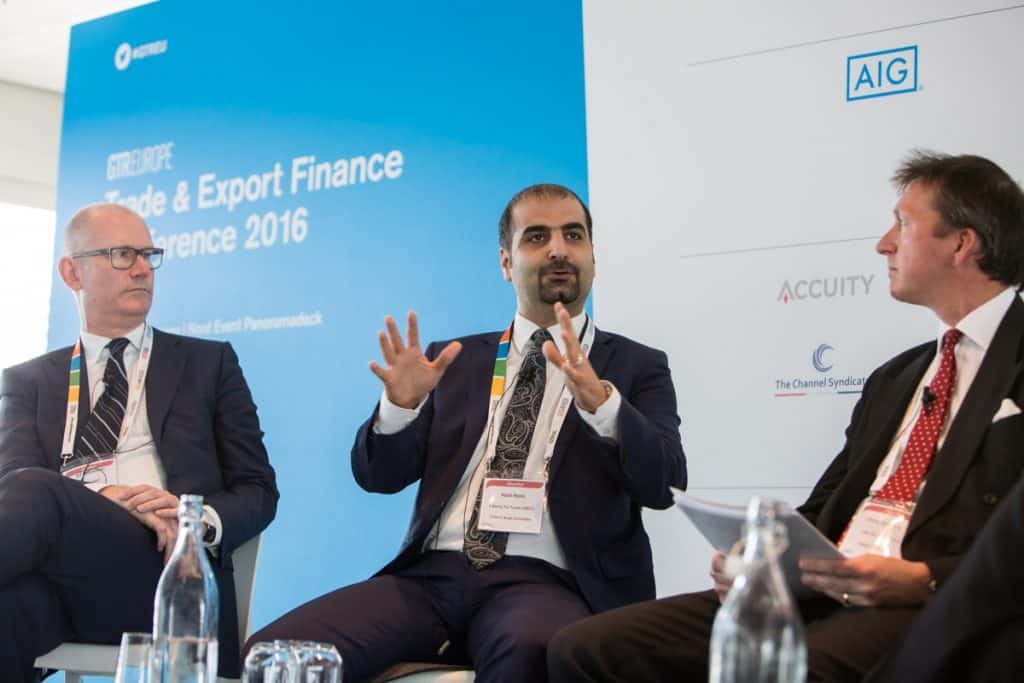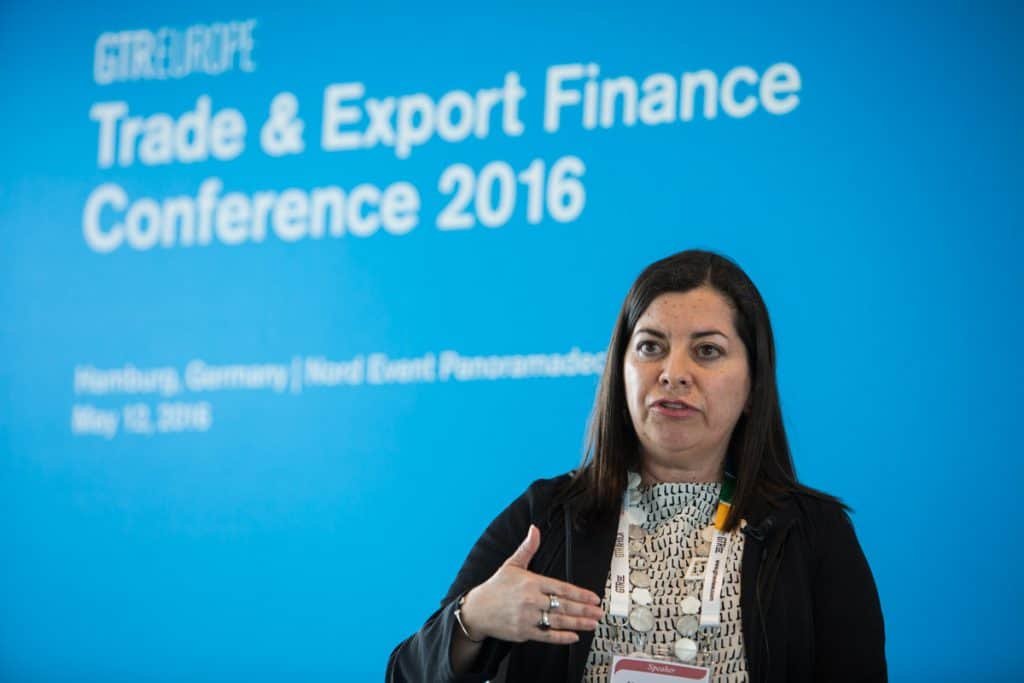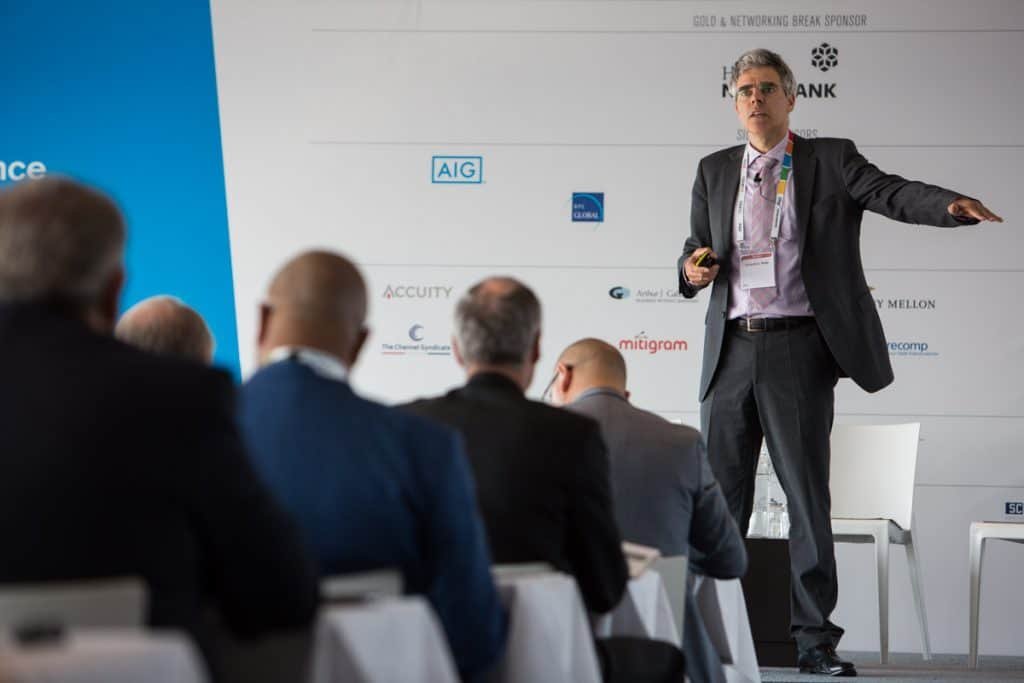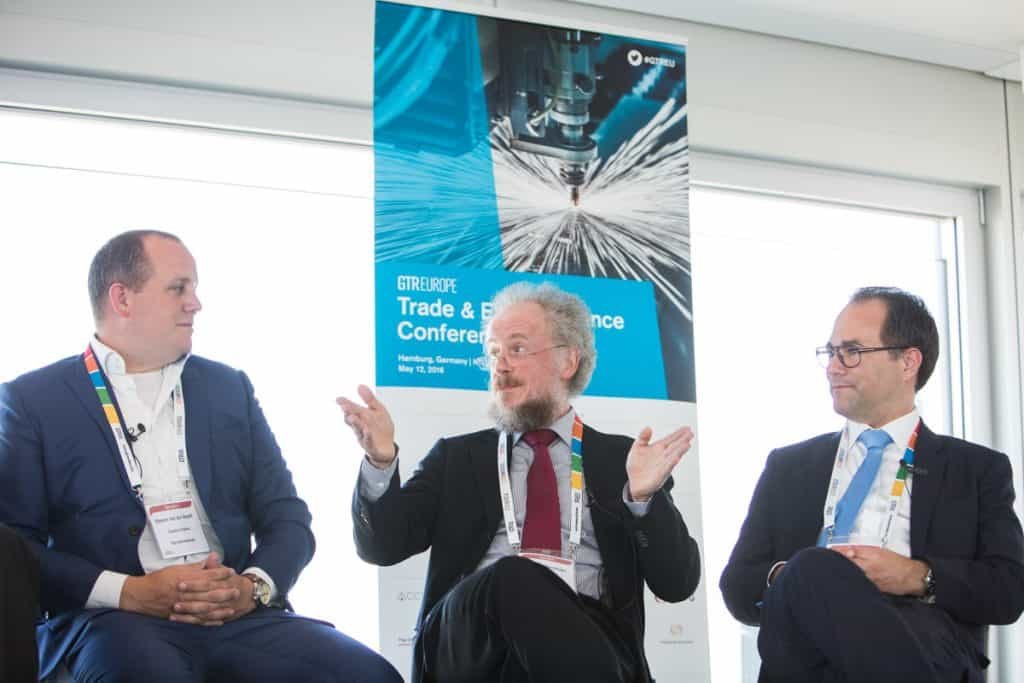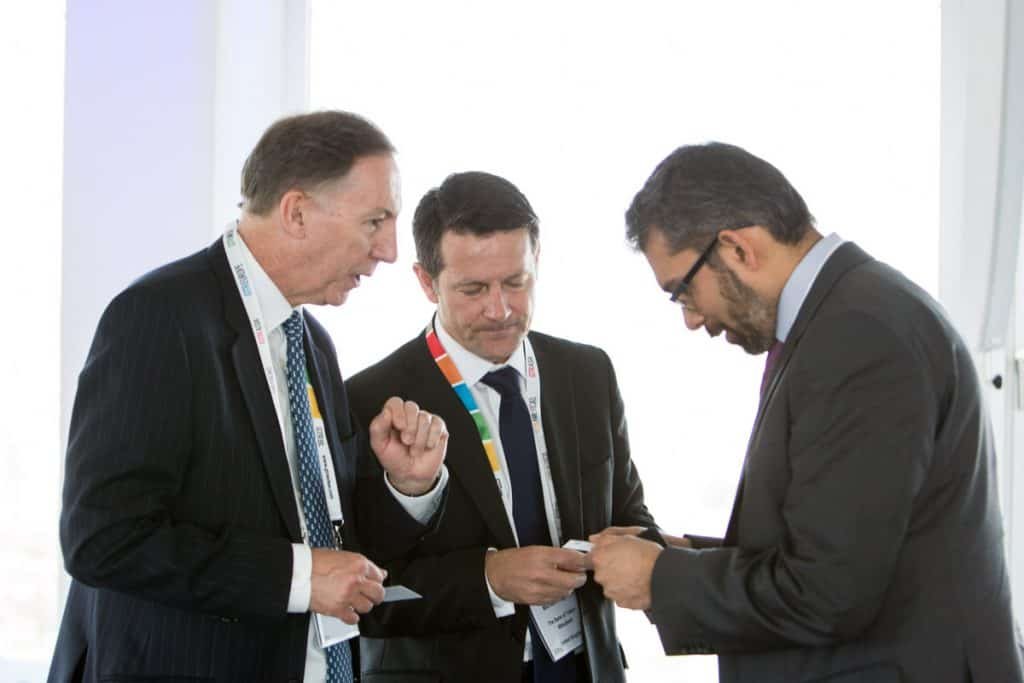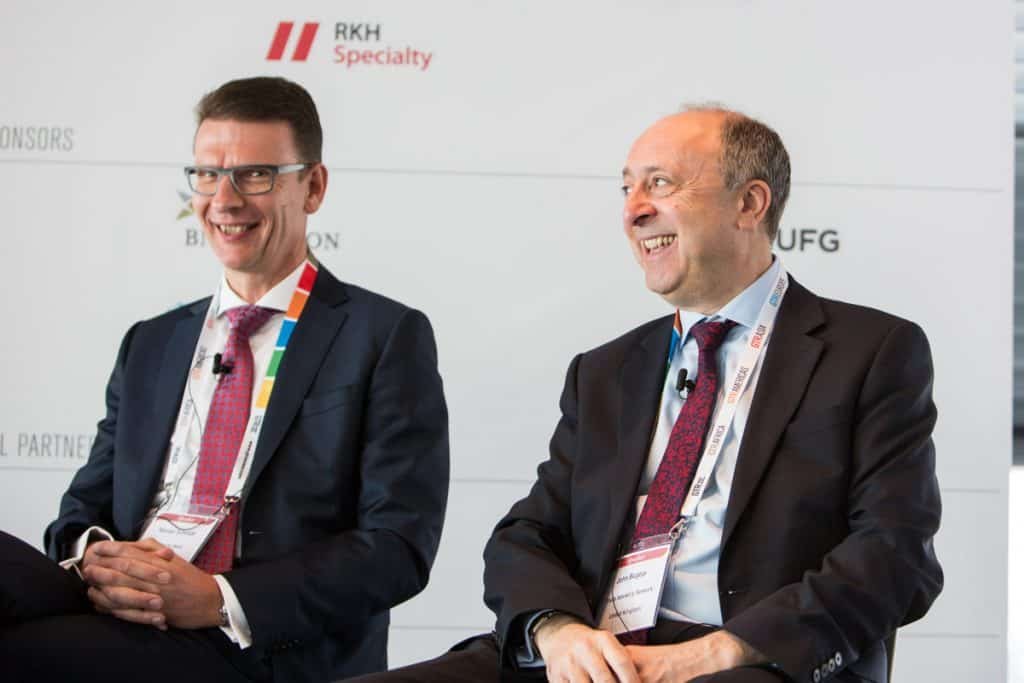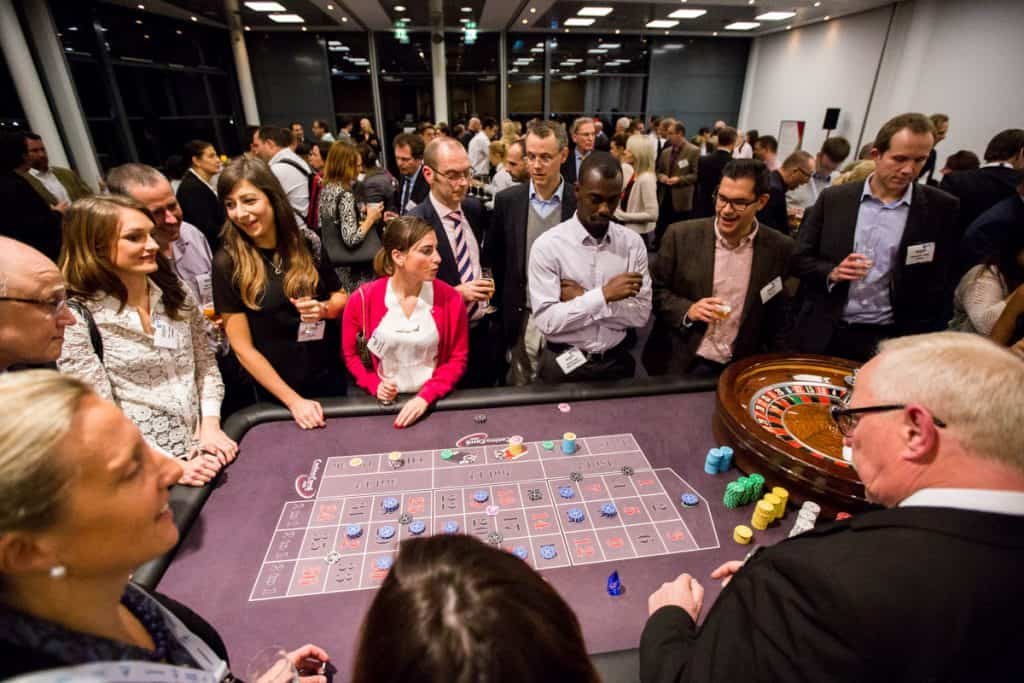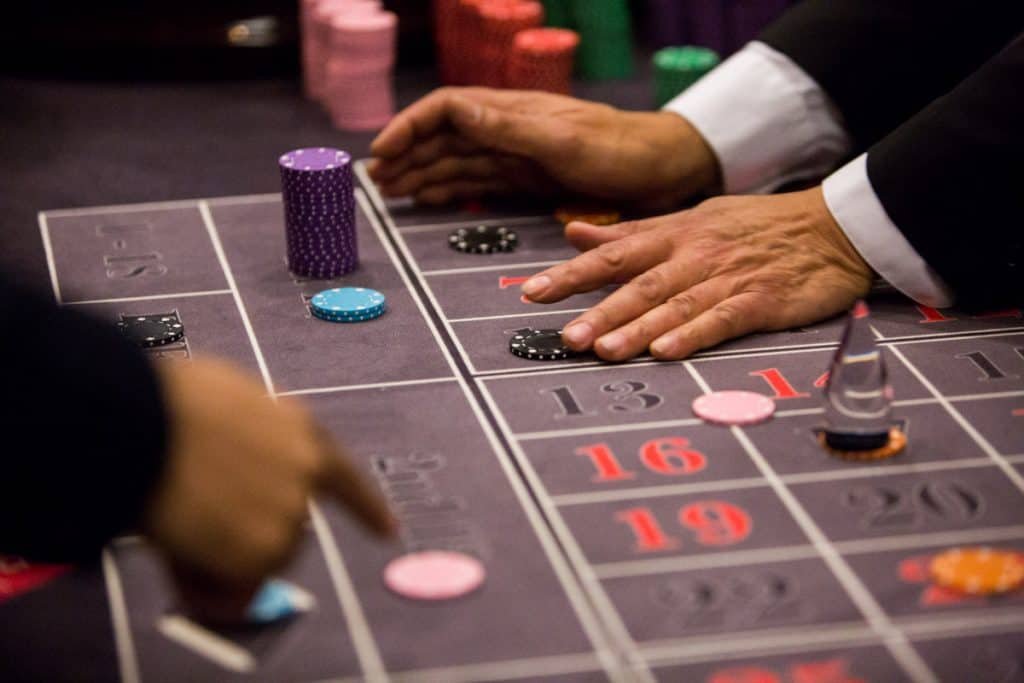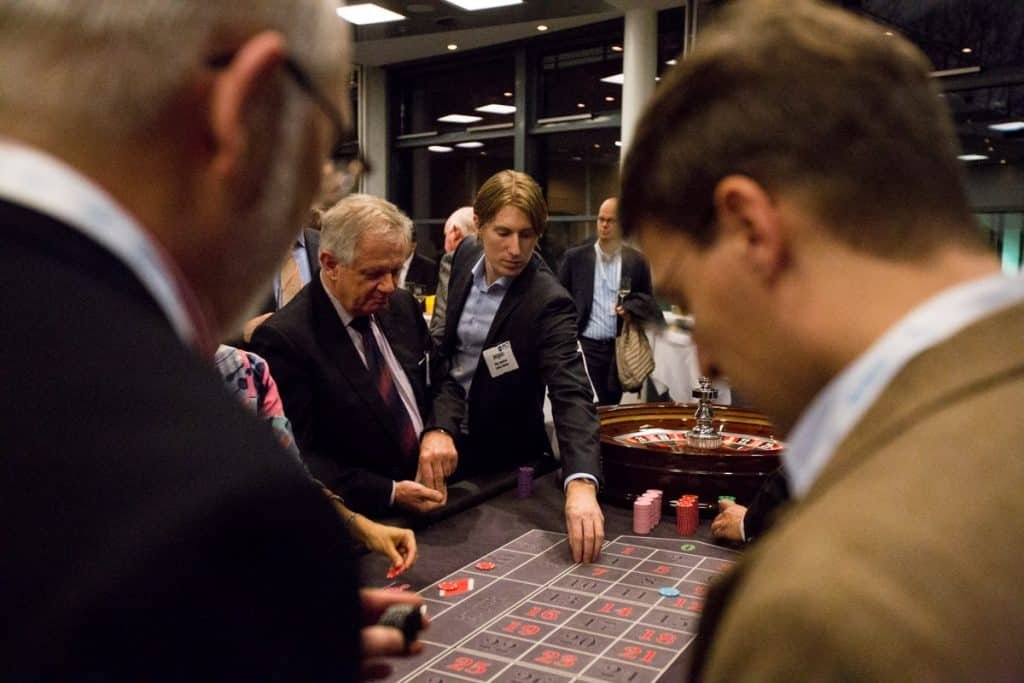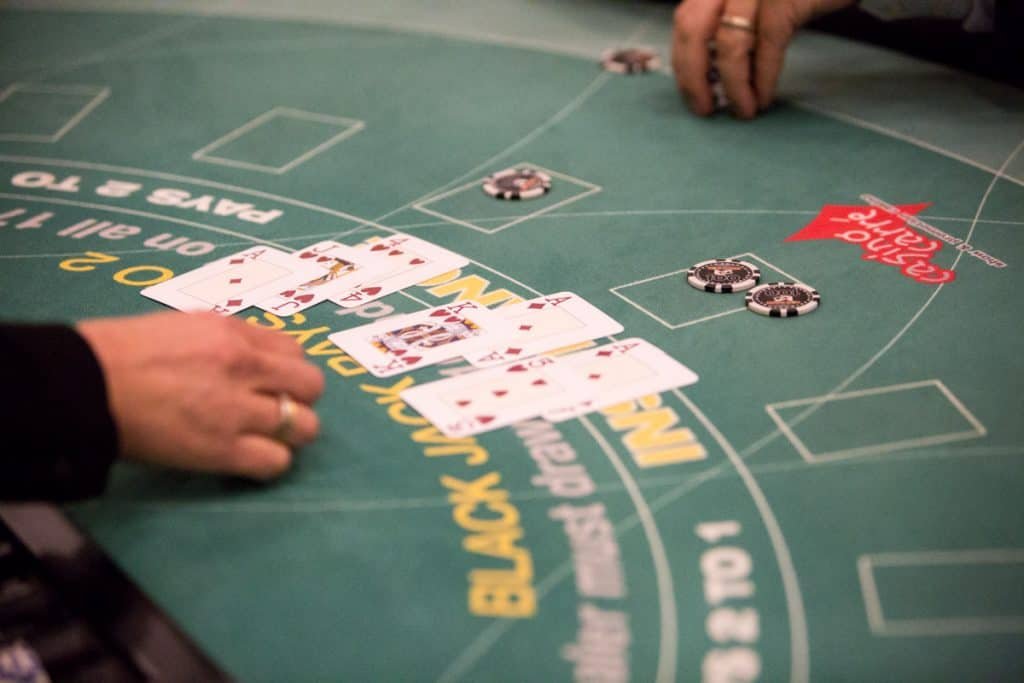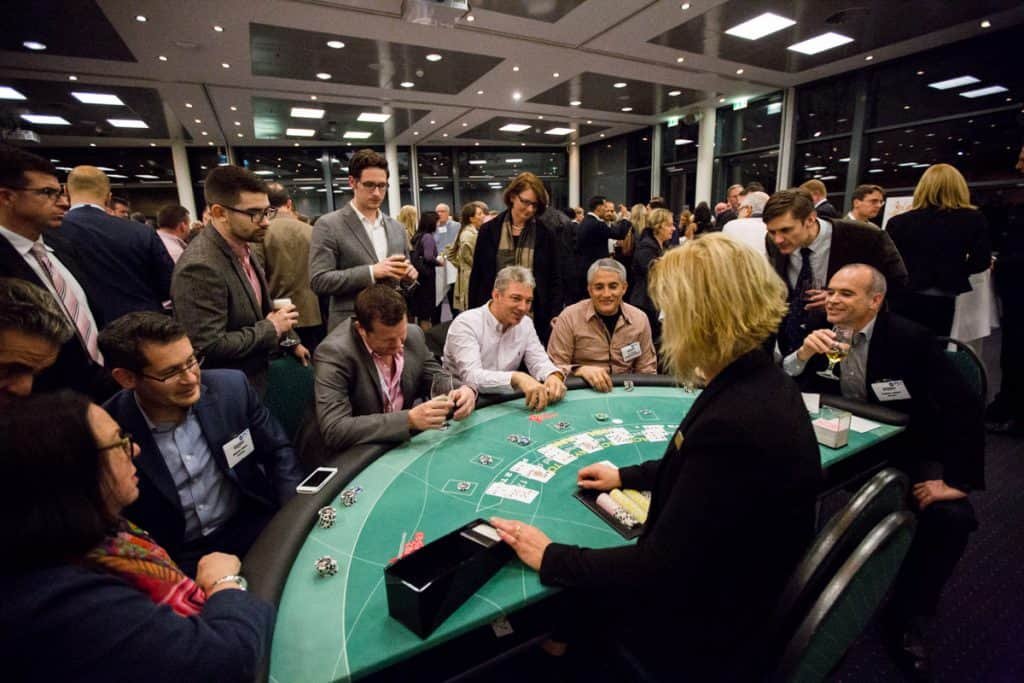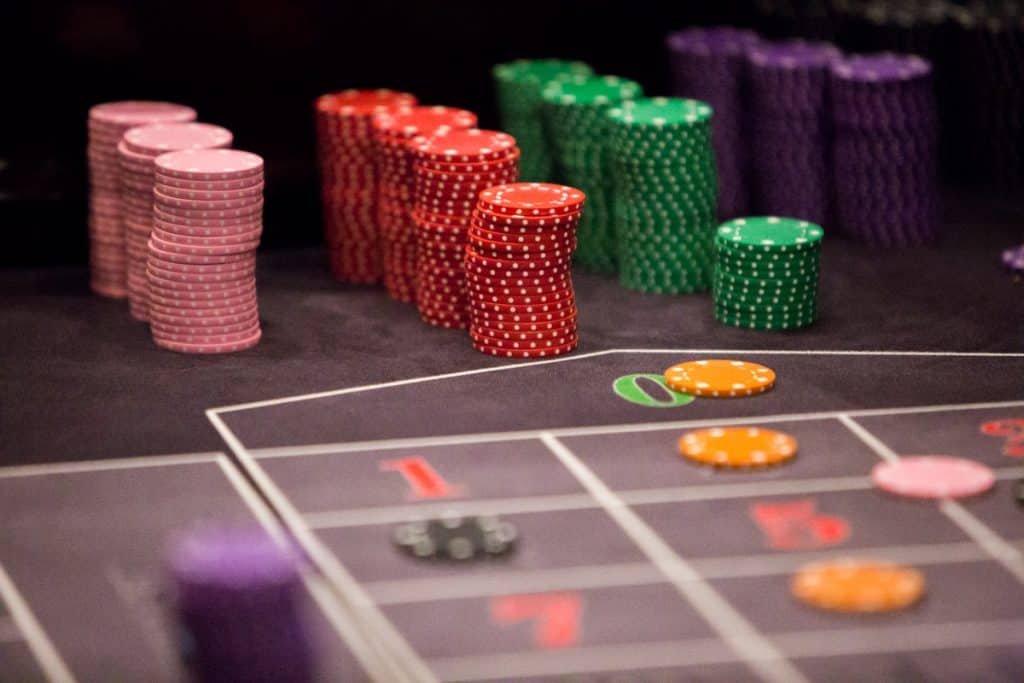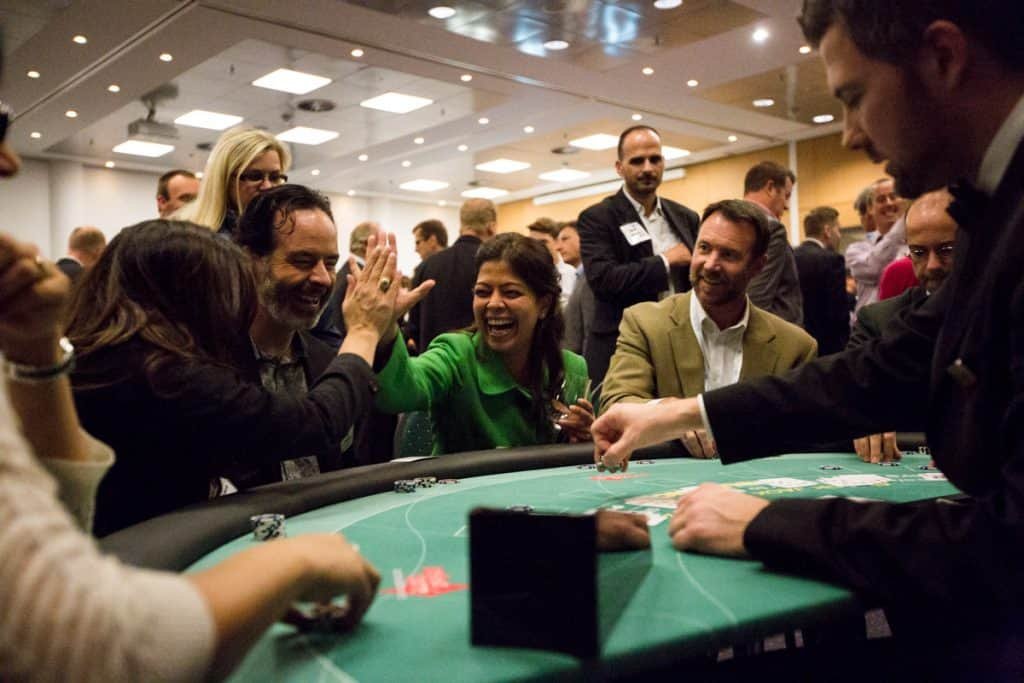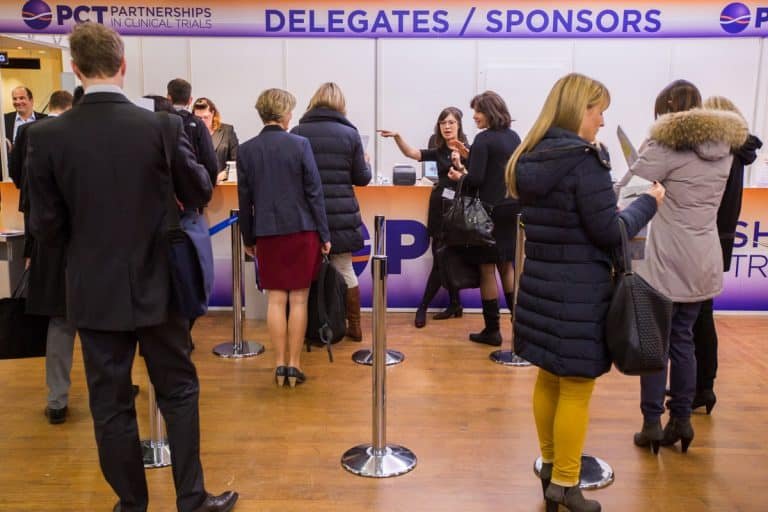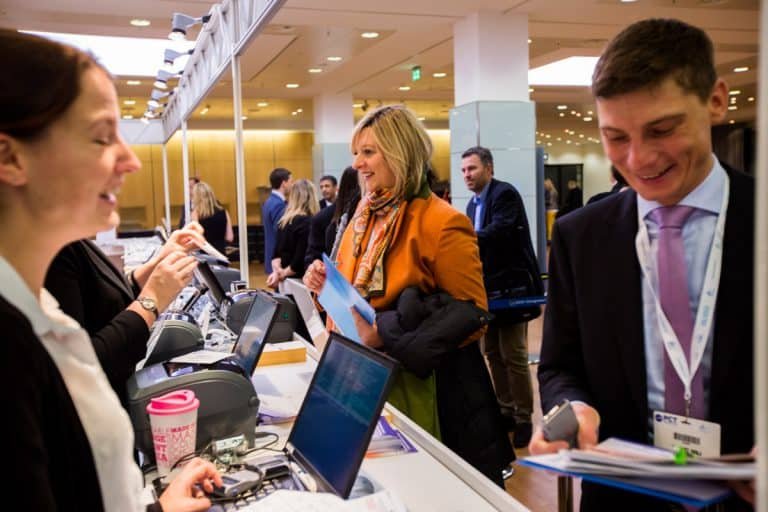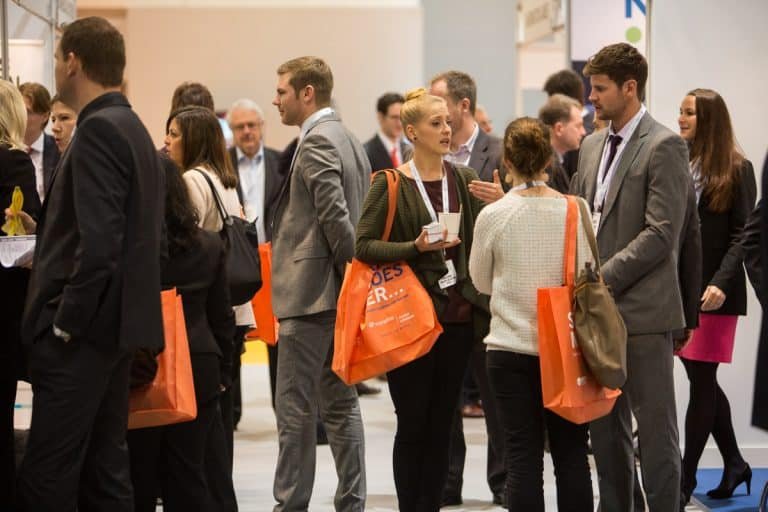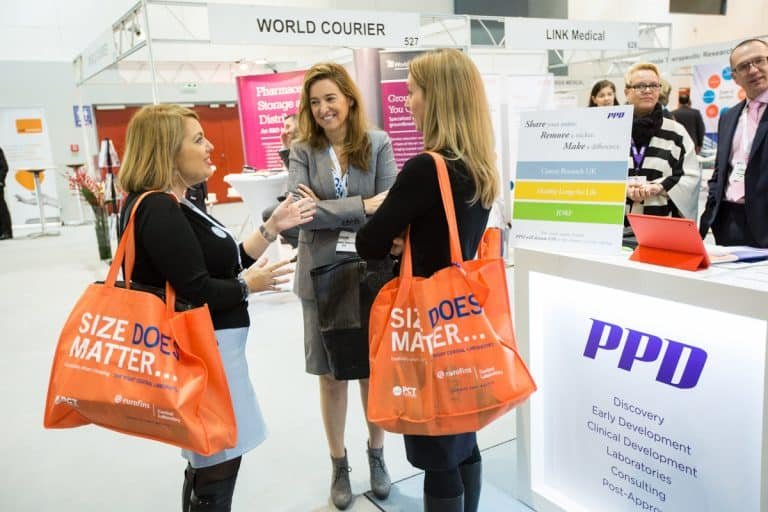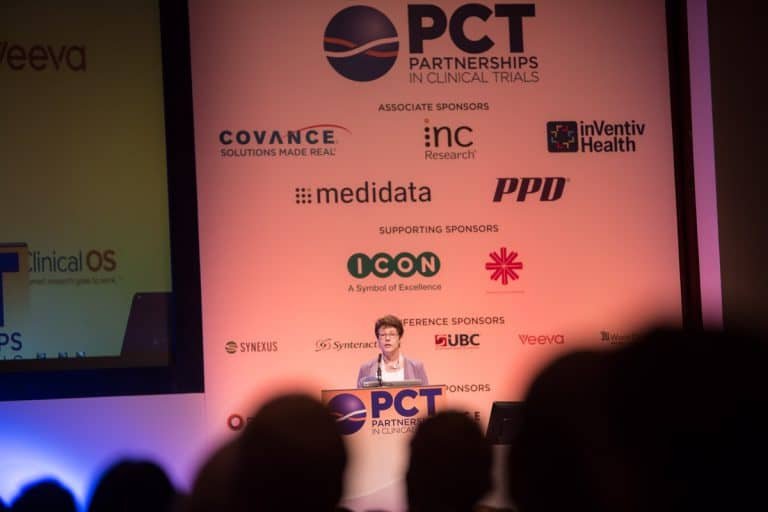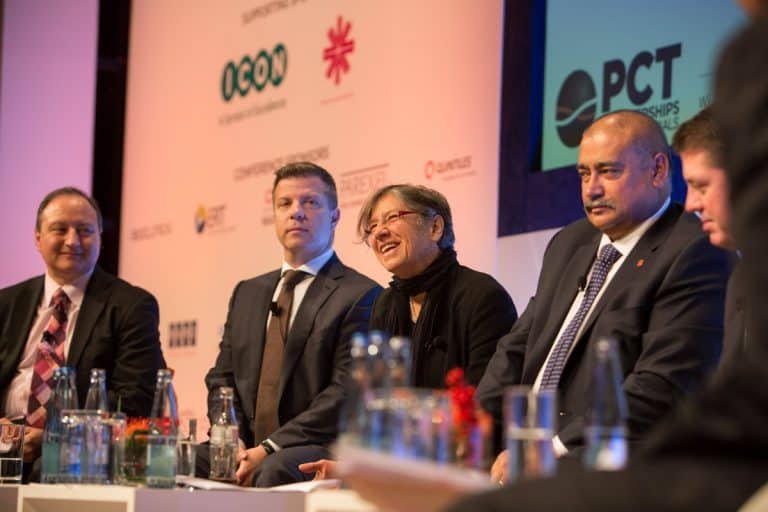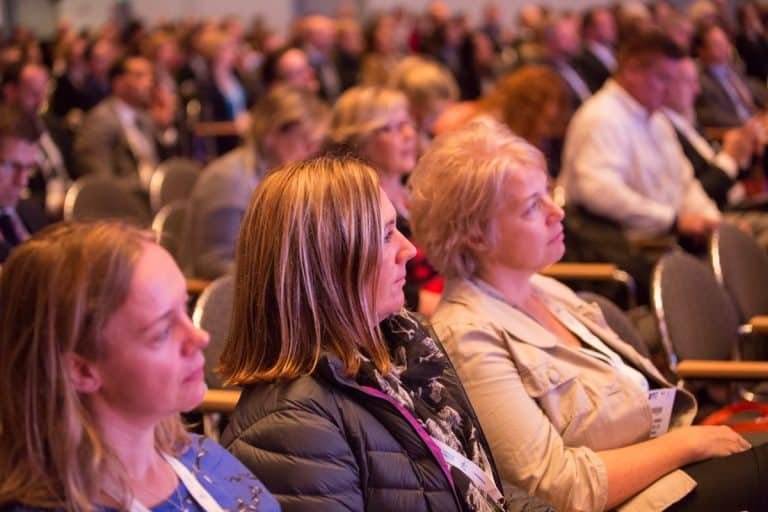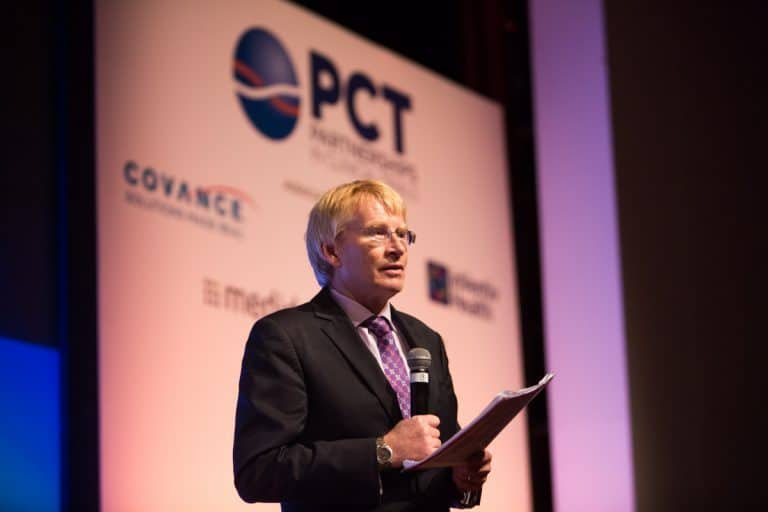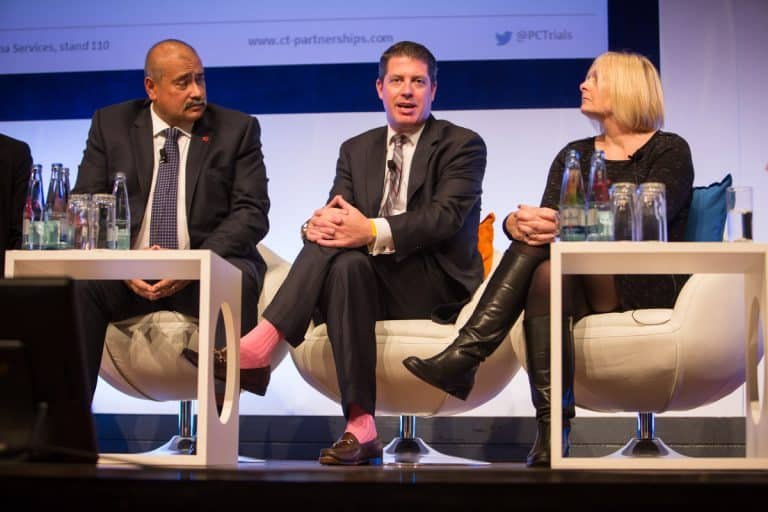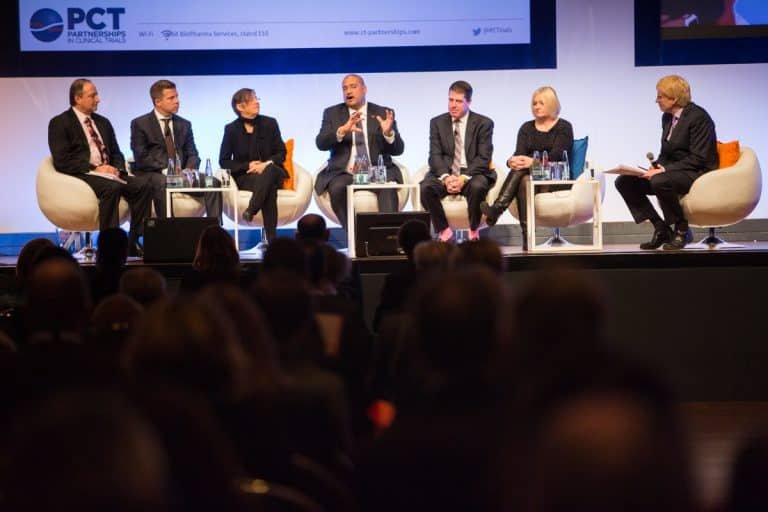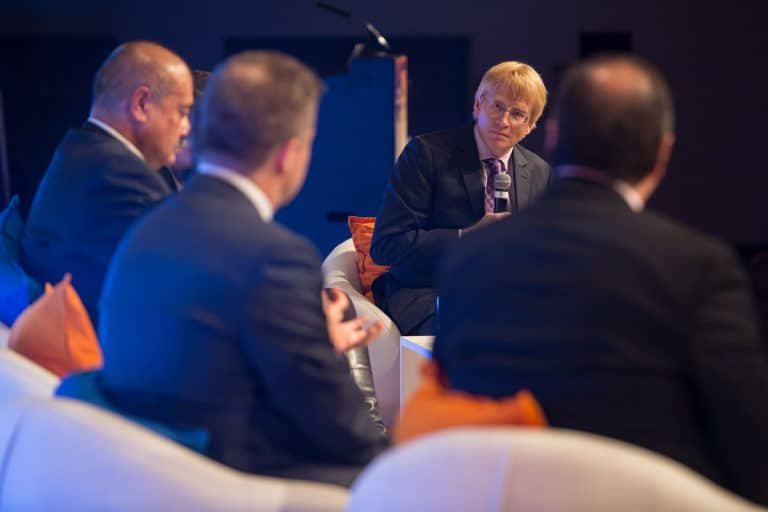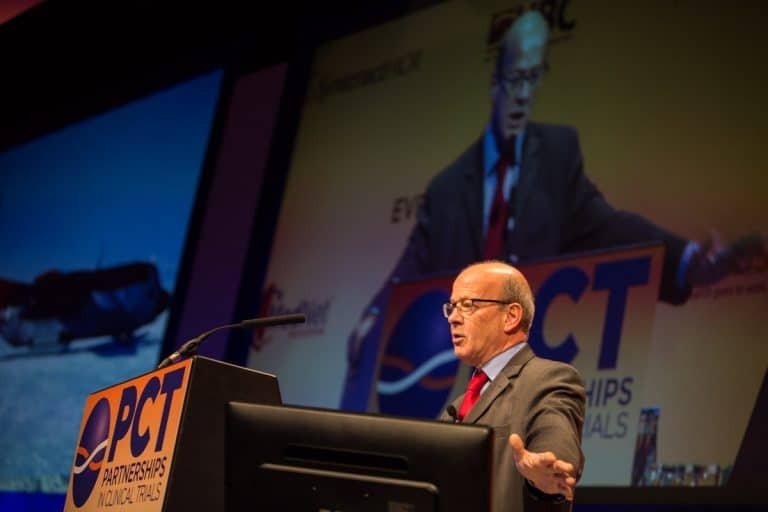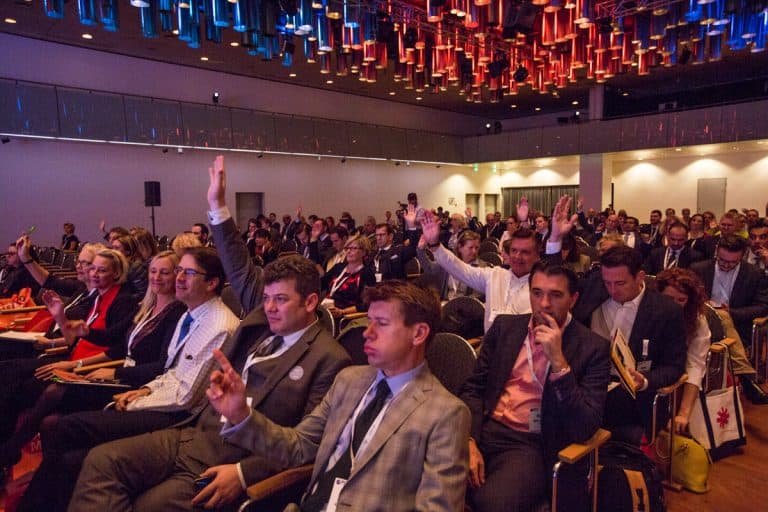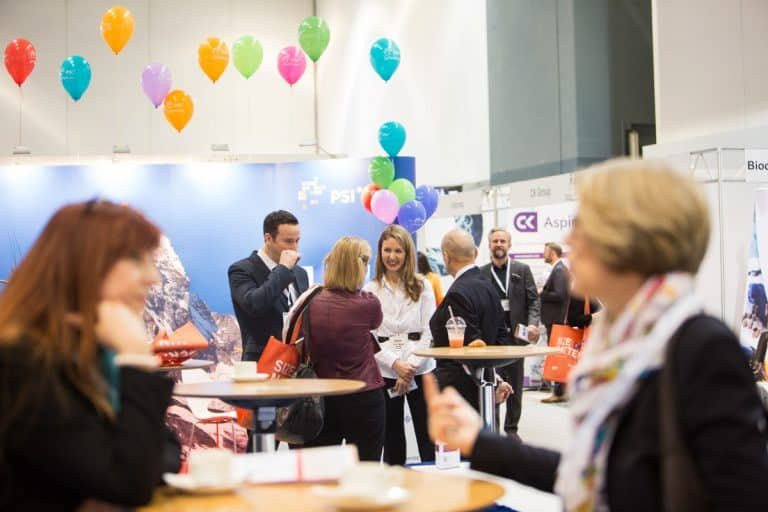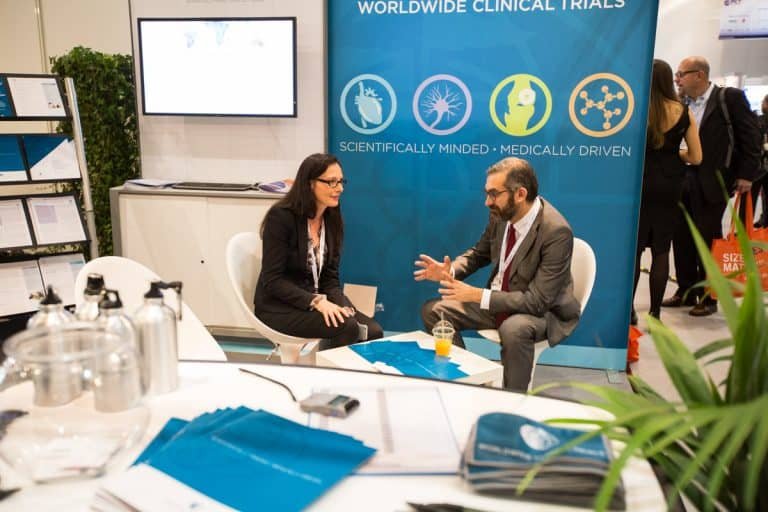Photo Editing: A Vital Part of Professional Event Photography
Event Photographer’s Photo Editing Work Flow
Writers make several rounds of edits to their work before delivering the final product. Professional photographers are no different. Editing and post-production are vital to ensure the client receives the highest quality images.
The Icing on the Cake
At SeeSaw Event Photo Agency, we see editing and post-production as the icing on the cake. You wouldn’t want a cake without icing, would you? I’m a big advocate of sharing, so I’m sharing the secret of my icing with you.
A Process of Selection and Elimination
During an average 3-day conference, I tend to end up with between 2,500 to 3,500 photos. Not all these will be suitable or good enough for promoting the event. Some of the shots might be blurry, out of focus, with poor composition — it’s a process of selection and elimination.

Edit While Photographing
I start the editing process when I’m taking the photos. I’ll decide on-the-spot which photos will be most useful in helping the client promote their event. Rather than shooting like a lunatic, I’ll stop and think about the best angle, composition, and human reaction. If the situation requires me to work fast, I’ll adjust my approach.
Finding the Best Photo Opportunities
Good photos should have the following elements:
- The main subject (e.g. the keynote speaker, a group of people networking, audience participation)
- Pleasing aesthetics and good composition (e.g. symmetry, texture, depth)
- Good lighting
- Company branding visuals
You might not always get all these elements, but try to get as many of them as possible. These are essential components to ensure the client has quality photos for promotional use.
Selection and Elimination Using Stars
I use a simple star system to filter out the good photos from the bad.
Phase 1: 1 Star
The process starts with me going through all the photos and relying on my immediate instincts. I’ll look for the four elements highlighted above. If a photo feels right and I like it (even just a little), I’ll give it 1 star. You won’t believe how many photos you’ll cut this way. From 3000 photos, I end up with 1200. That’s over 50% of the photos filtered out.
Phase 2: 2 Stars
Repeating the process, I go through the 1200 photos and give 2 stars to the ones I like. That brings the filtered photos down to 500.
Phase 3: Final Selection
This is where I get rid of duplicate shots and those that don’t tell the full story of the event. This brings the final number down to 350 to 400 photos. If necessary, you can repeat the process until you have the number of photos you want. Based on personal experience, you should have about 150 to 250 usable photos for each day of a big event.

Go Through Your Checklist
Make sure you’ve photographed all the key figures (e.g. speakers, presenters). For trade fairs, make sure you document each stand or booth. Clients should brief the photographer on their specific requirements. Otherwise, the photographer should ask if they have any doubts.
Post-Production
Using Adobe Lightroom, this is when I add the final touches. I make minor adjustments such as exposure and color correction, contrast, details enhancements, noise reduction, and cropping. For poor lighting conditions, always make visual adjustments for the best results.
I see post-production as an essential part of photography service. Like I said earlier, you wouldn’t want a cake without the icing, would you? Likewise, why should you settle for photos that aren’t edited and post-produced?
Yehuda Swed (founder of SeeSaw Event Photo Agency) is a Berlin-based event photographer and storyteller
Looking for a professional event photographer in Berlin, Hamburg or Frankfurt? Drop us a line for more details or to chat about your requirements.
We look forward to capturing beautiful moments at your next event!
SwissFest
Event photography of the Swissfest for the Swiss Embassy in Berlin.
Almost every year the Swiss embassy is running the Swissfest in their embassy. You can always see happy faces, traditional clothing, and a fun show for kids and adults.
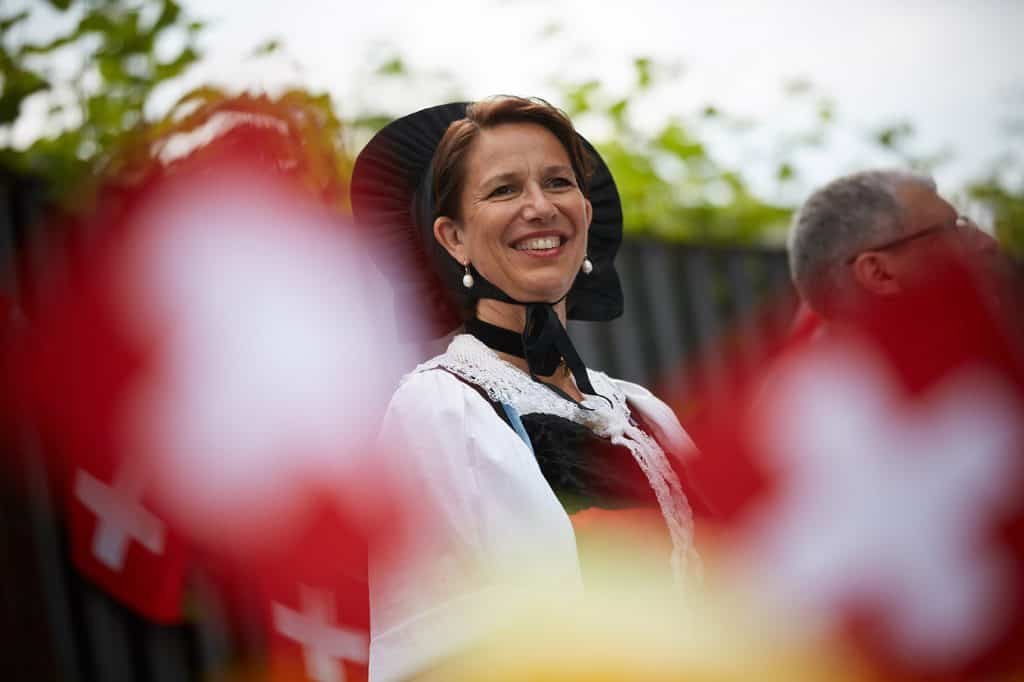
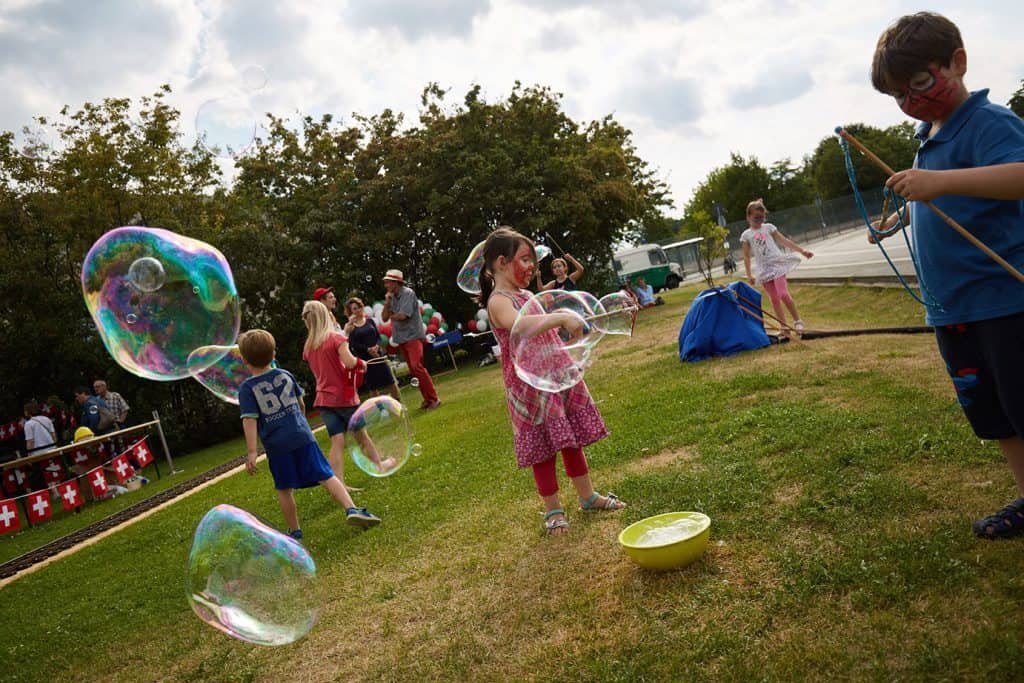
Looking for a professional event photographer in Berlin, Hamburg or Frankfurt?
Drop us a line for more details or to chat about your requirements.
We look forward to capturing beautiful moments at your next event!
Orbium – Day of Fun – Photography of the Berlin Event
Event photography of the Orbium team day of fun in Berlin. Photography and Video services for corporate event. English speaking team that will support you on your next event.
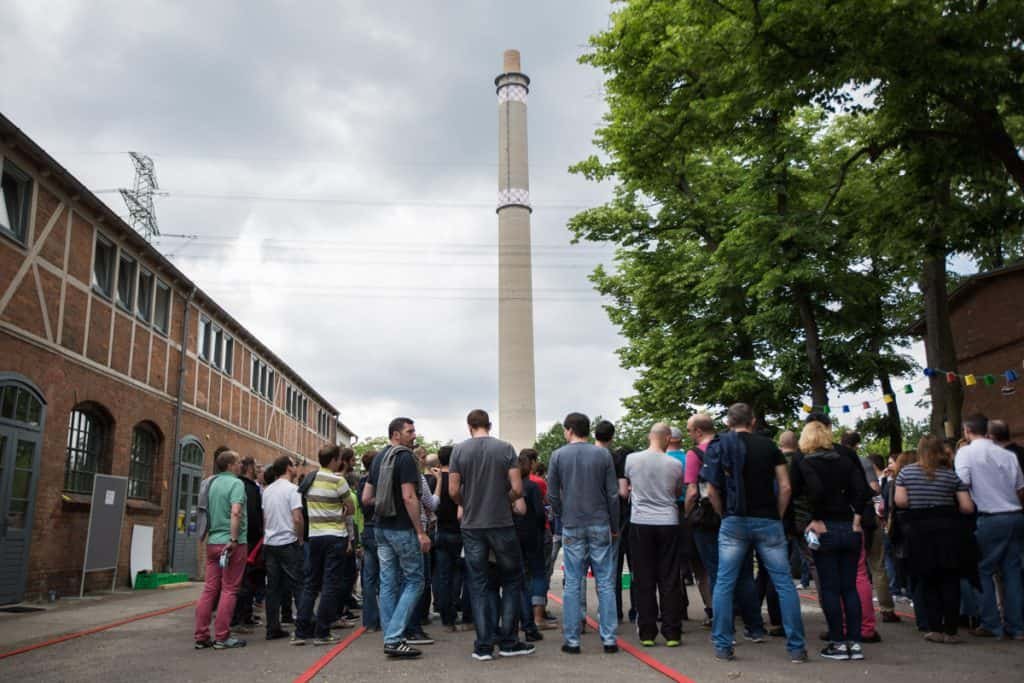
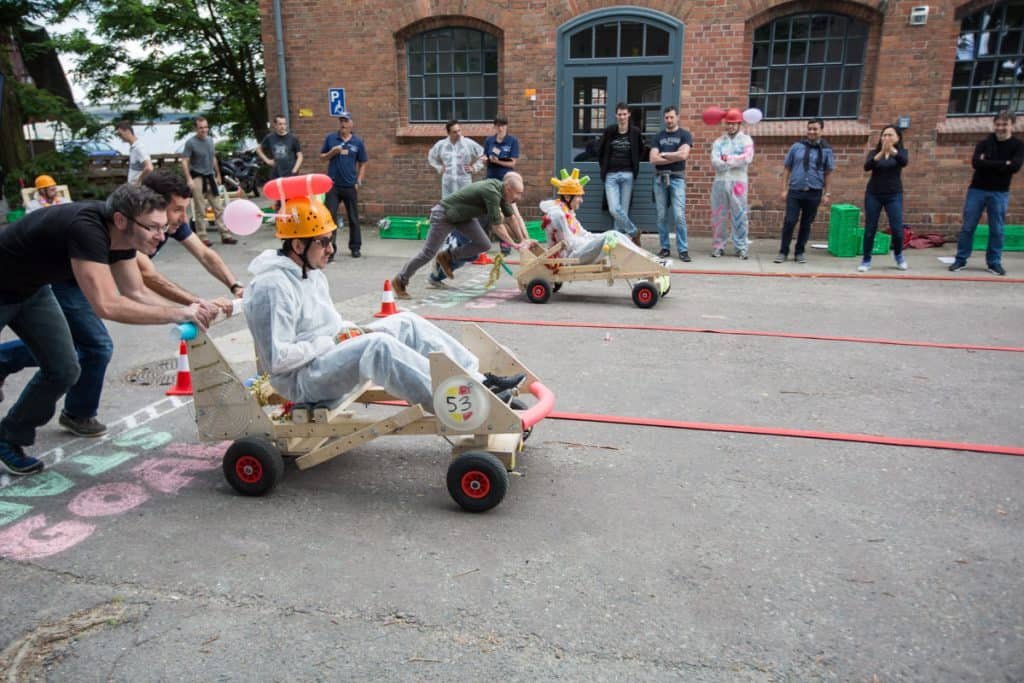
Looking for a professional event photographer in Berlin, Hamburg or Frankfurt?
Drop us a line for more details or to chat about your requirements.
We look forward to capturing beautiful moments at your next event!
8 Ways to Create Stunning Photo Ops for Your Next Commercial Event
Organizing events requires a ton of planning. The amount of detail that goes into organizing and coordinating tends to get overwhelming.
From logistics, event program, venue, RSVPs, to marketing and promotion, the list is endless. And that’s not all.
The event organizer also needs to create strategic photo ops for the media and branding.
Besides hiring a professional event photographer, you can set up an ideal photo environment in a few simple steps.
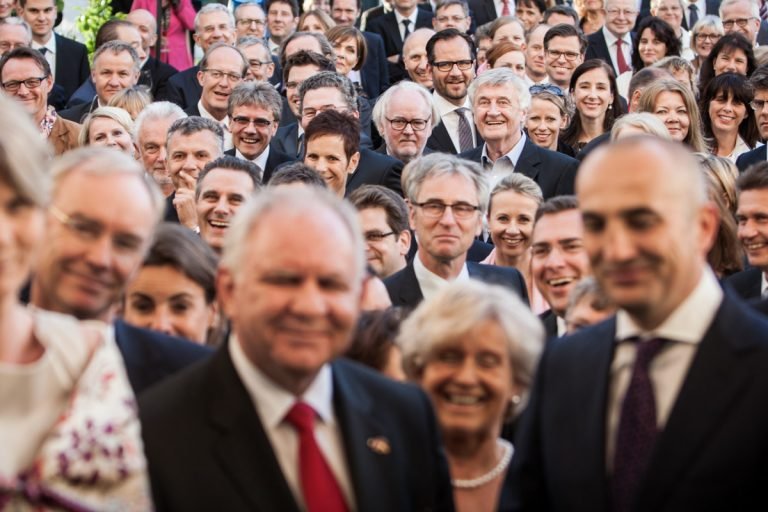
Here are our 8 favorite tips to set the stage for your photographer to do his magic:
1.Choose a Photogenic Venue
This might sound obvious, but it’s an important detail for an event organizer to note. The venue provides the backdrop for all your photos.
Be it a business conference or a cocktail party, a beautiful venue will set the right tone and mood for your event.
Most important of all, a scenic venue will allow your photographer to frame his shots well.
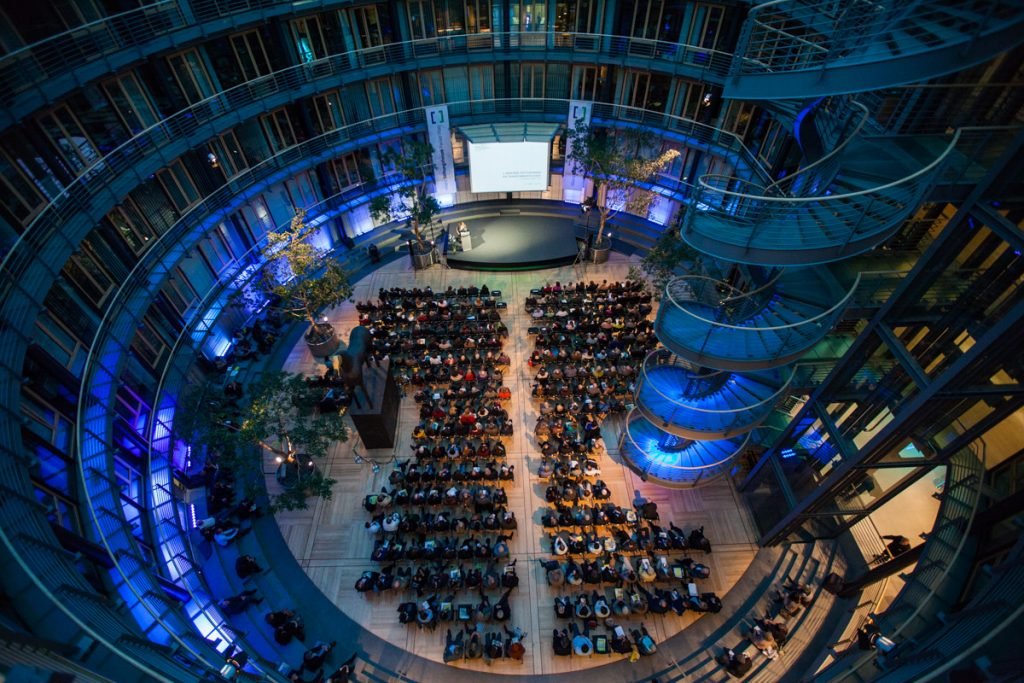
2.Place Your Banners and Signage in Strategic Positions
Where you place your sponsors’ signage and event banners make a big difference. They need to be prominently displayed and positioned for visibility from multiple angles.
For events with speakers on stage, all signage should be mounted behind the speakers and/or along the sides to provide multiple photo options for the photographer. If possible, it is always better to have several banners or signage at different angles on the stage, for multiple photo ops.
Pay attention to the height of the logo and branding, as well as that of the signage. A low placement makes it difficult to capture the logos, speakers, and audience in a single frame.
This is key to representing the event as a whole. For better visual results, always position the signage at a mid-level height. Positioning the logo on the podium is ideal, as it gives both the speaker and brand equal visibility.
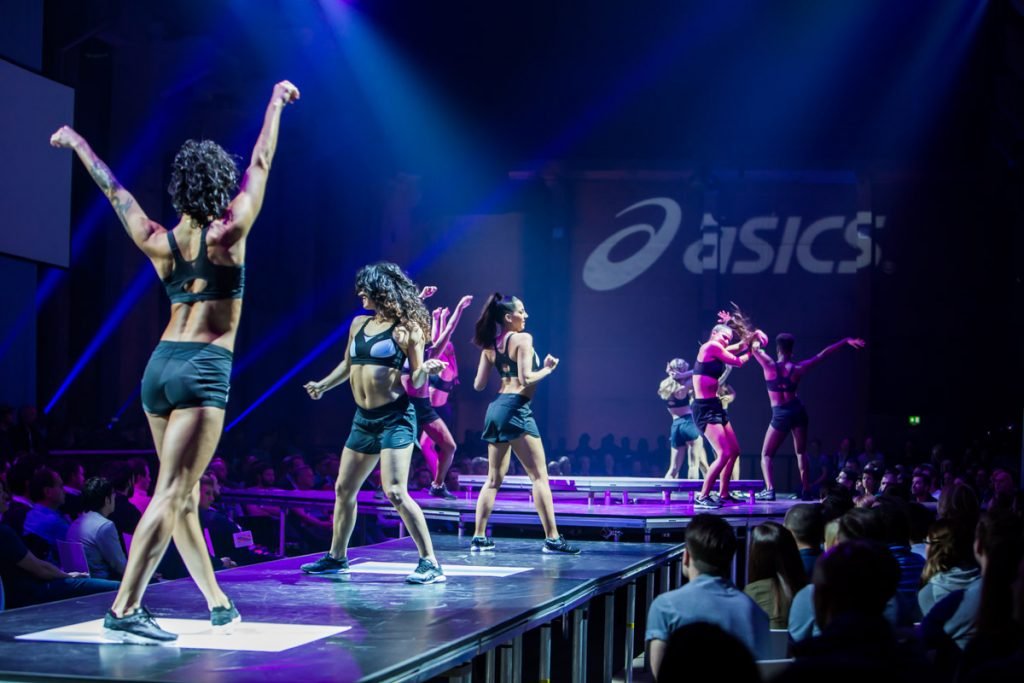
3. Get the Lighting Right
We often see dim lighting on speakers for podium discussions or lectures. This should be avoided, as lighting sets the tone of a photo. Good lighting makes the subject look alive, while weak lighting creates a somber tone. Do test runs of the lights with the venue manager or lighting crew until you get the best possible effect. For best results, have the spotlights come from the sides rather than the front. This avoids blinding the speakers, allowing them to speak at ease. It also gives your photographer plenty of good photo opportunities.
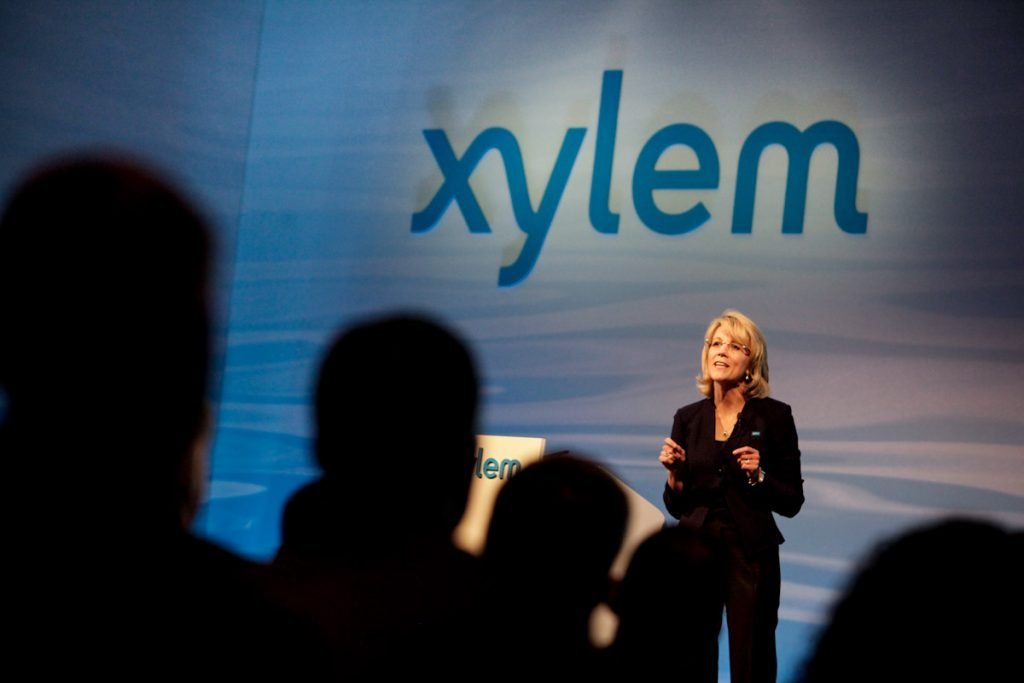
4. Check the Stage Height
Try to avoid venues with stages set above eye level, as a high stage is uncomfortable on the eyes for viewing. Besides looking awkward, a high stage also affects the quality of your event photos. If possible, get the venue to supply a stage that does not exceed 50cm in height. You could also set up a temporary lower stage and camouflage the actual stage with white fabric or divider.

5. Inspect the Stage Background
For speaking events, it is imperative to ensure that the speaker’s background is clear of reflective materials. If there are windows behind the stage, this will result in a big lighting difference between the exterior and interior. If the photographer is using a flash, the reflection bouncing off the windows will affect the quality of the photos. In other cases, the background might be partially covered with fabric and partially showing a bare wall, which wouldn’t look good in photos either.

6. Use the Right Background Lights
For colored background lights, light blue, green, or yellow lights are best. Besides creating a soothing effect, these are also the best colors for high-quality pictures. Whatever you do, stay away from red lights behind the speakers.
They tend to create a sleepy crowd and project a dark stage with red-faced speakers.

7. Avoid Having Empty Seats
Always encourage the audience to move up to the front rows.
Cordon off the back rows to start with and open them up as the rows fill up. The fuller the room is, the better it looks. A conference with plenty of empty seats wouldn’t look good in photos!

8. No Photos of People Eating
Taking photos of people eating is a strict no-no. Besides annoying those trying to enjoy their meal, you’ll just end up not using these photos. It would be a much better use of the photographer’s time to focus on shots that benefit your brand instead.

To portray a strong visual narrative of your event, the photography needs to be flawless.
It’s the key to getting positive media attention and successful advertising on different media platforms.
Not only will hiring a professional event photographer help to market your event, but high-quality pictures are also always an effective visual tool to stimulate interest in a brand or company.
Professional photography is about capturing pictures in a way that reanimates the event for those who weren’t there.
A skilled photographer creates positive visual PR for the brand by taking high-quality pictures that add life to the event, knowing which angle to shoot from and what moments to focus on.
Looking for a professional event photographer in Berlin, Hamburg or Frankfurt? Drop us a line for more details or to chat about your requirements.
We look forward to capturing beautiful moments at your next event!
BP | Fuel Story Launch
British Petroleum (BP) hired us to document their new fuel launch event.
A team of 3 photographers followed the groups over the day in 3 different locations.
Our main task was to document BP’s CEO – Bob Dudley throughout his visit.
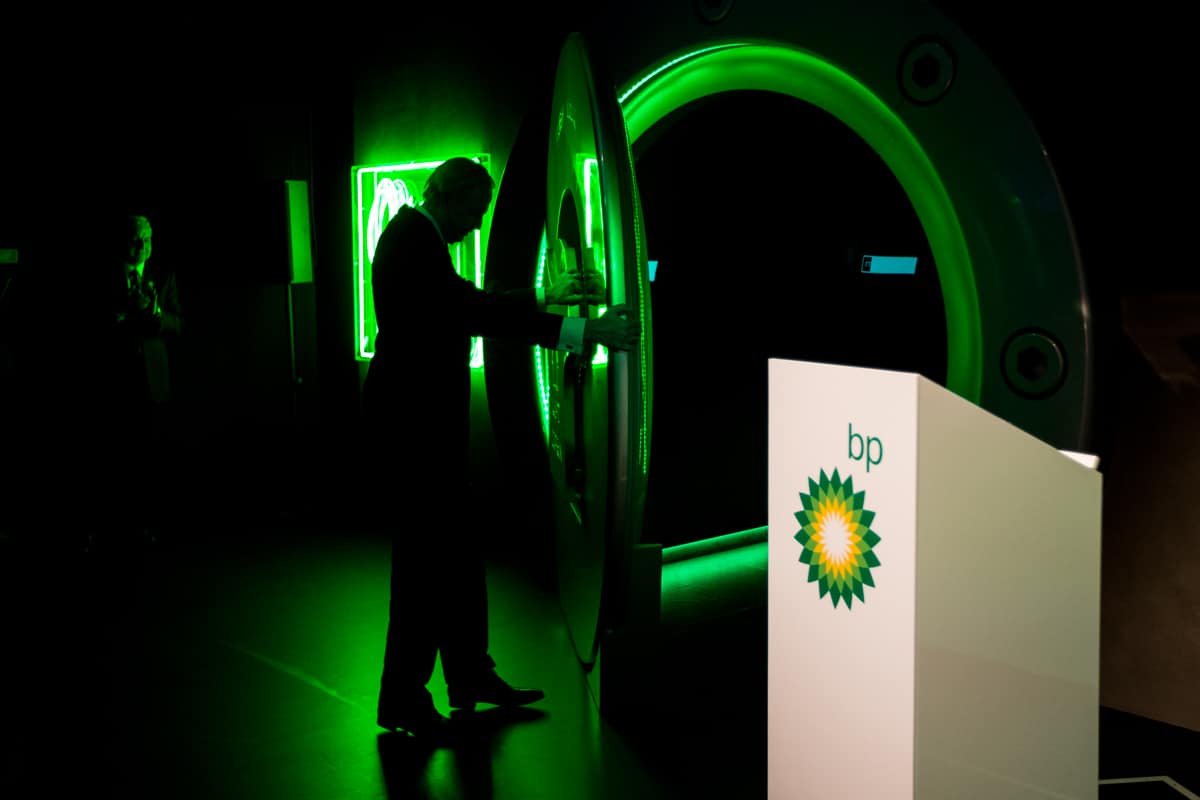
Looking for a professional event photographer in Berlin, Hamburg, or Frankfurt?
Drop us a line for more details or to chat about your requirements.
We look forward to capturing beautiful moments at your next event!
Global Trade Review – Hamburg Conference


For this event in Hamburg, we sent one of our best photographers to capture the atmosphere in the most authentic way.
His style is more towards documentary/street photography with a focus on branding.
Here are the results.
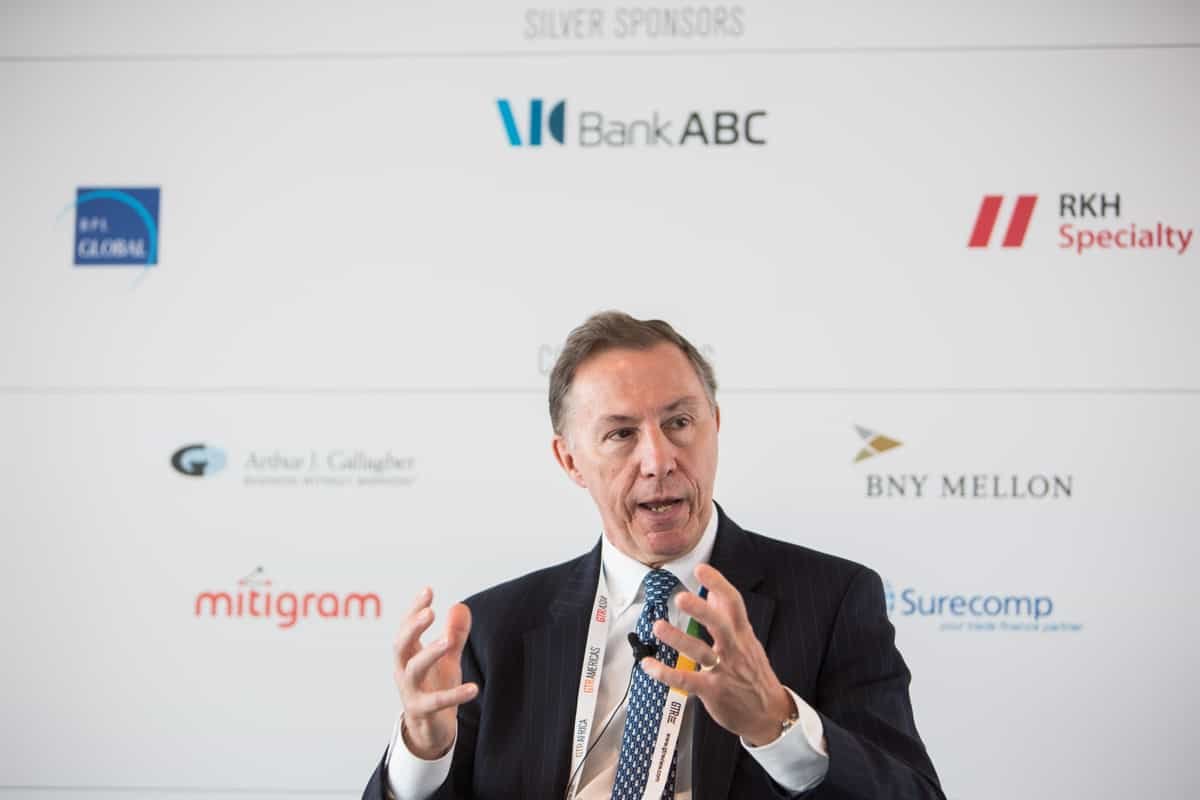
Looking for a professional event photographer in Berlin, Hamburg, or Frankfurt?
Drop us a line for more details or to chat about your requirements.
We look forward to capturing beautiful moments at your next event!
PCT – Medical Conference and expo – Hamburg
Two full days of event photo documentation of the Hamburg medical conference. About 1000 participants, huge fair, networking, parallel sessions, and a casino party.
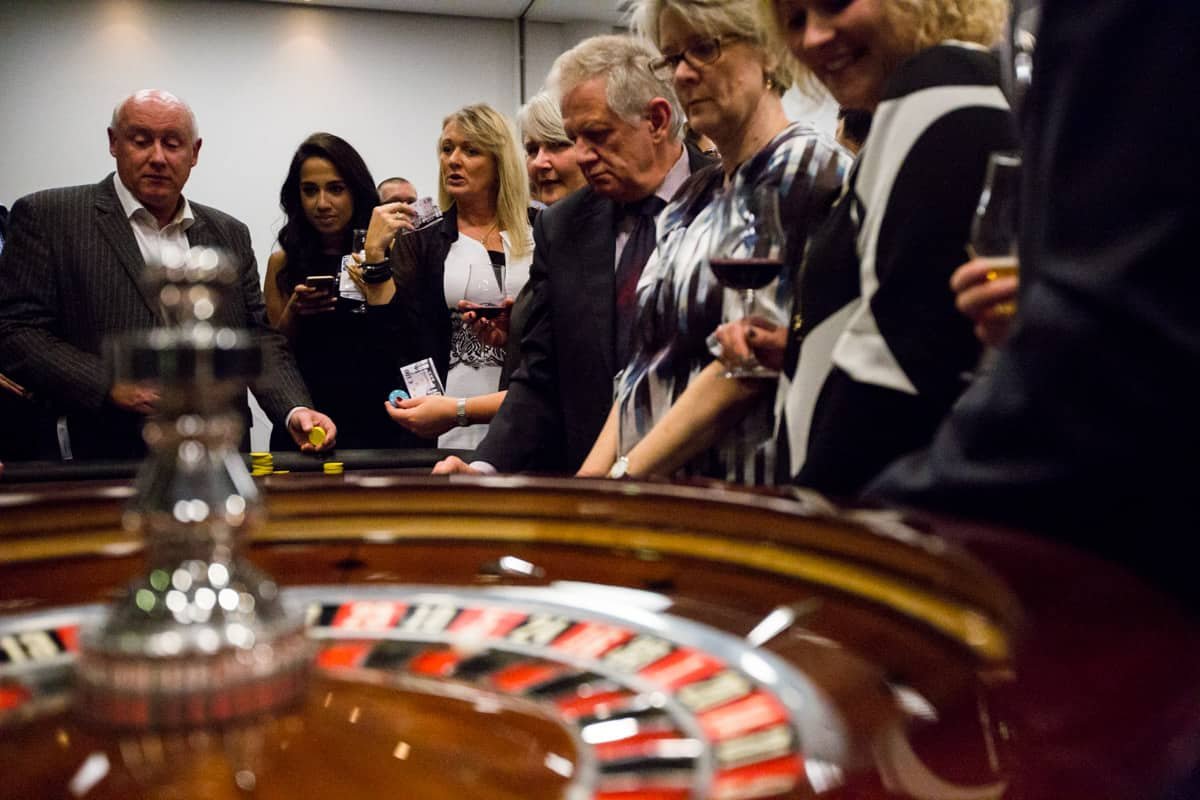
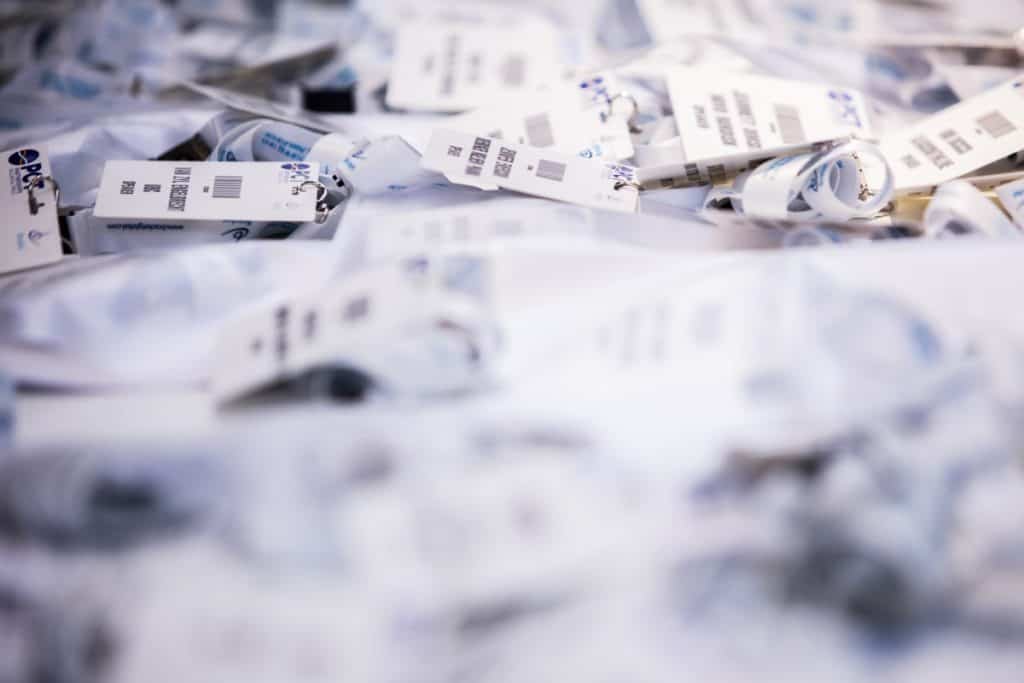
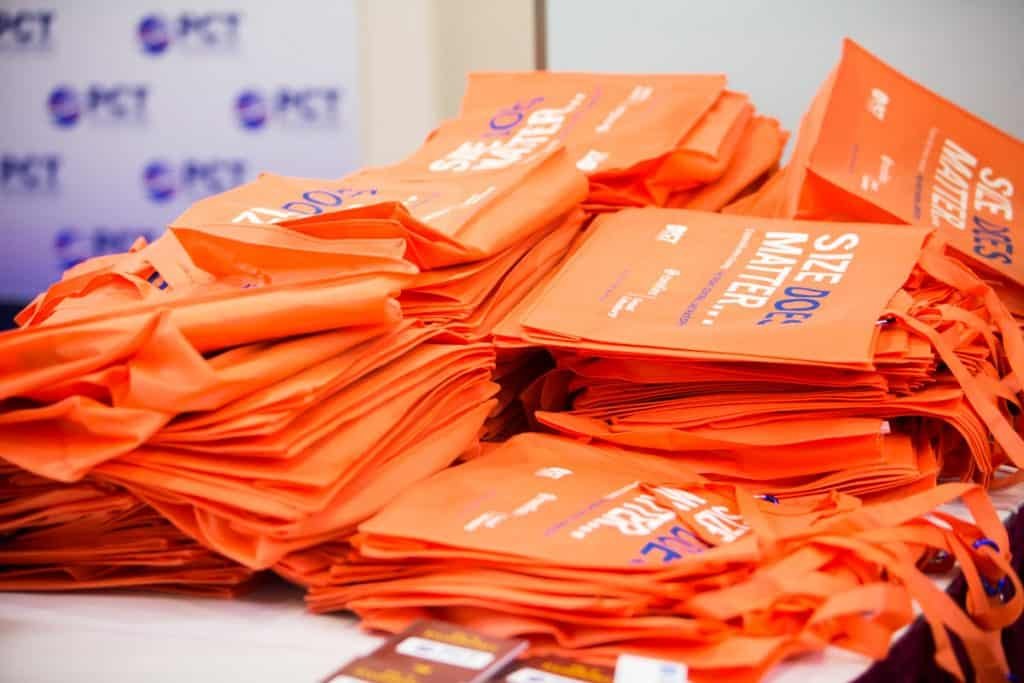
Looking for a professional event photographer in Berlin, Hamburg or Frankfurt?
Drop us a line for more details or to chat about your requirements.
We look forward to capturing beautiful moments at your next event!
Get More Out of Your Event Photos: Transform Them into Animated Multimedia Clips
Thanks to the professional event photographer you hired for your recent conference, you now have a great selection of high-quality photos. You’ll be able to use them for media publicity and a range of marketing initiatives.
But that’s not all.
You can get more value out of them by creating cool multimedia clips using those beautiful stills.
Multimedia Clip: An Animated Content Format
In a nutshell, a multimedia clip is a short video made of a montage of text, audio, still images, and video footage (as illustrated by the example above). A multimedia clip is a useful way to showcase a quick overview of your event highlights, mainly because it is highly visual in an animated format.
How Multimedia Clips Benefit Your Brand?
1. The Shorter, The Better
We spend hours every day consuming content of various formats and mediums. Emails, social media, blogs, online and offline advertising ﹘ we’re constantly bombarded with messages wherever we are.
As a result of our highly mobile lifestyles, most of us have become incredibly selective of the type of content we are willing to allocate our time and attention to.
Short multimedia clips, therefore, allow viewers to process the information quickly before they have time to get distracted.
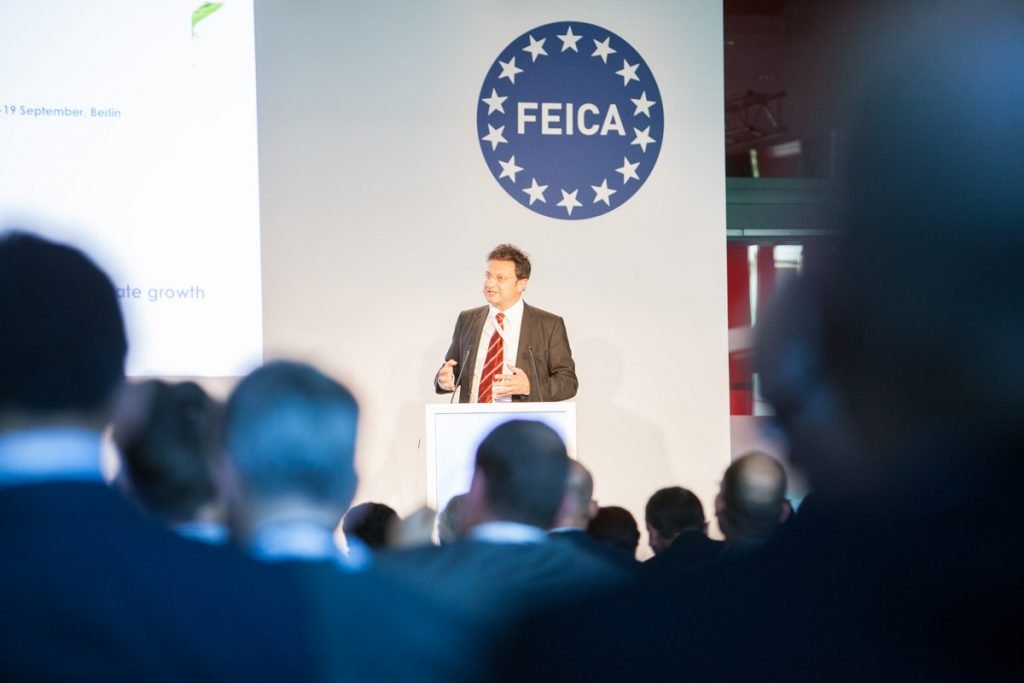
2. Quick Teasers Create Higher Engagement
A catchy 2-minute multimedia clip is far more likely to be viewed by the masses as compared to a gallery of 300 pictures, or a 500-word blog post describing the event.
Moving images combined with a curated selection of audio and text, professionally edited, will enable the viewer to quickly digest the content while staying engaged for the entire 2 minutes, as both the eyes and ears are focused.
The more senses one engages, the more interactive the experience becomes.
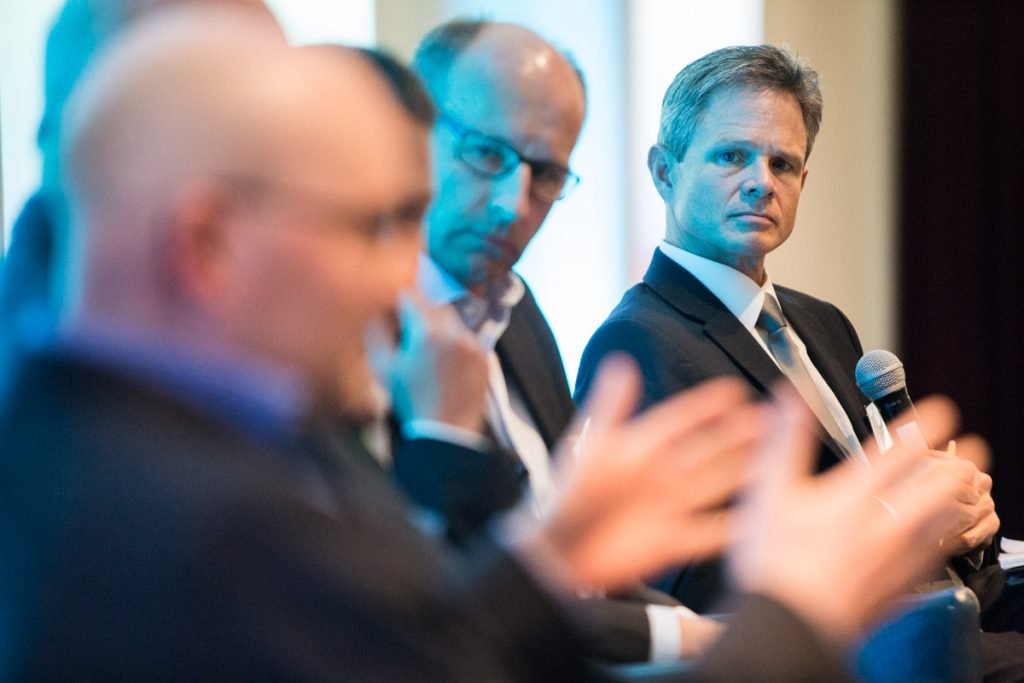
3. Immediate Access to a Worldwide Audience
The invention of YouTube has brought us a new platform to easily connect with a worldwide audience using multimedia and video clips. Videos are being created and published every second of the day, on a range of different subjects for different purposes. Entertaining cat videos, useful tutorials on electronic gadgets, language tips, branding videos ﹘ the possibilities are endless.
4. Stronger SEO
From an SEO perspective, embedding multimedia clips on your website will also score bonus points with Google’s search algorithm.
This is particularly the case if those clips are hosted on YouTube. As Google owns YouTube, YouTube videos will always rank higher on Google’s search results.
5. Easier to Create a Viral Buzz
As multimedia clips can be instantly shared on social media platforms, a professionally-produced clip will increase your chances of creating a viral buzz online, which will in turn generate higher visibility of your brand.
The Essential Components for an Engaging Multimedia Clip
Here are a few essentials you will need, to produce high quality, engaging multimedia clip:
1. High-Quality Photos and Video Footage Showing Brand Logos and Personalities
Make sure your event photographer captures the necessary shots at key photo-op moments, from good angles. Highlighting your company brand and sponsors’ logos as well as key personalities are essential. This will help build awareness and enforce branding credibility.
2. Short Interviews with Important Personalities from the Event
Ask your photographer or videographer to record a few short interviews with important figures at your event. If possible, get them to share their personal thoughts relating to your brand or the event experience. This makes it more natural and relaxed, which makes it easier for the viewer to relate to.
3. Clear Audio & Good Music
The quality of the audio is just as important as the visual elements. One of the key essentials for a high-quality multimedia clip is to have clear audio of interviews, with minimal background noise (or no background noise if possible). The suitability of the music for the clip is also an important factor. The wrong music could drastically alter the tone and mood of the overall video.
4. Get to the Point Quickly
And above all, get to the point quickly. It’s critical to get the key message across within the first 7 to 13 seconds so that the viewer knows what the clip is about. Keeping them guessing will result in viewers losing interest and tuning out.
We hope you’ll find these tips helpful. If you liked this article, you might also like to check out these 8 ways to create stunning photo ops for your next commercial event.
Looking for a professional event photographer in Berlin, Hamburg, or Frankfurt? Drop us a line for more details or to chat about your requirements.
We look forward to capturing beautiful moments at your next event!
